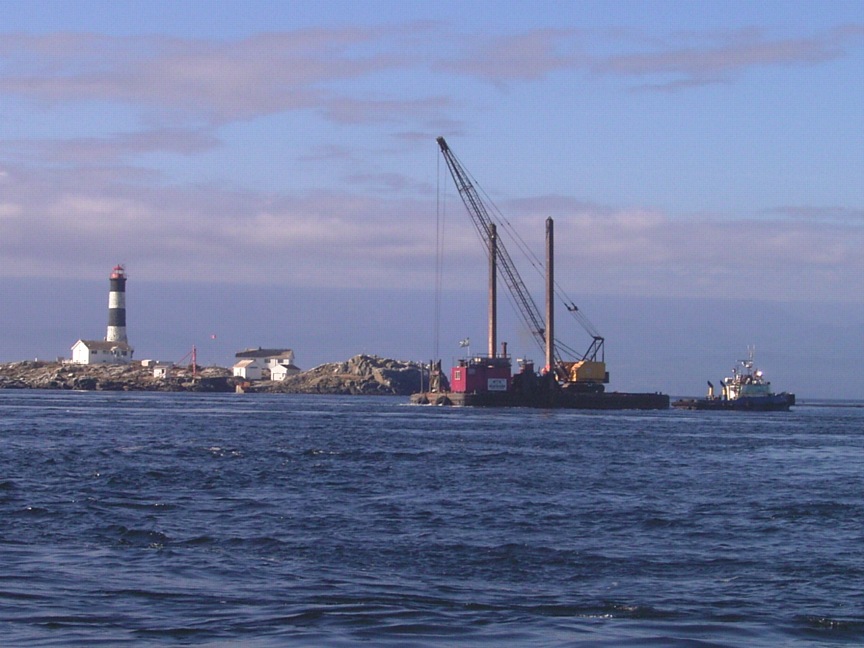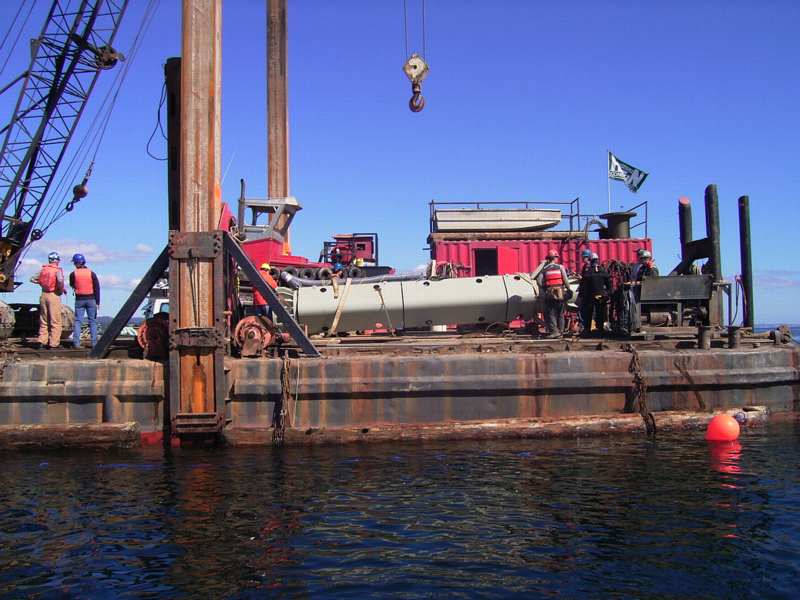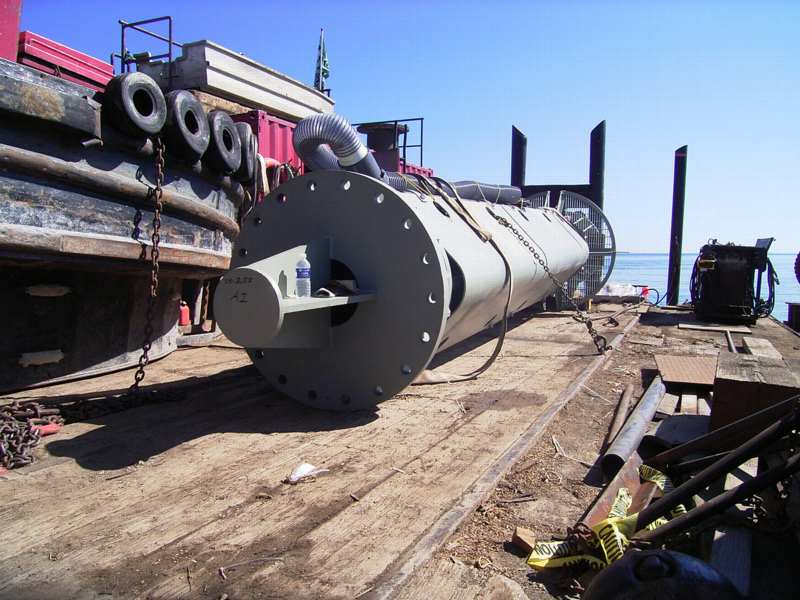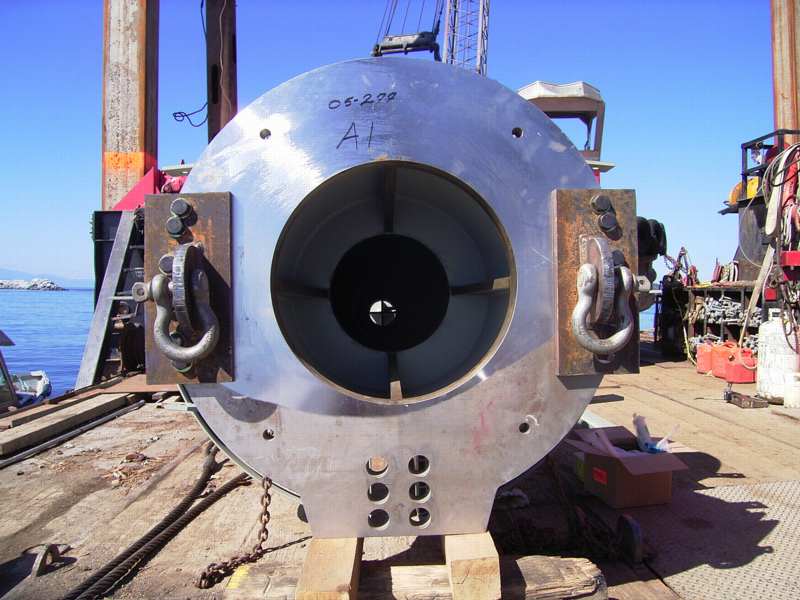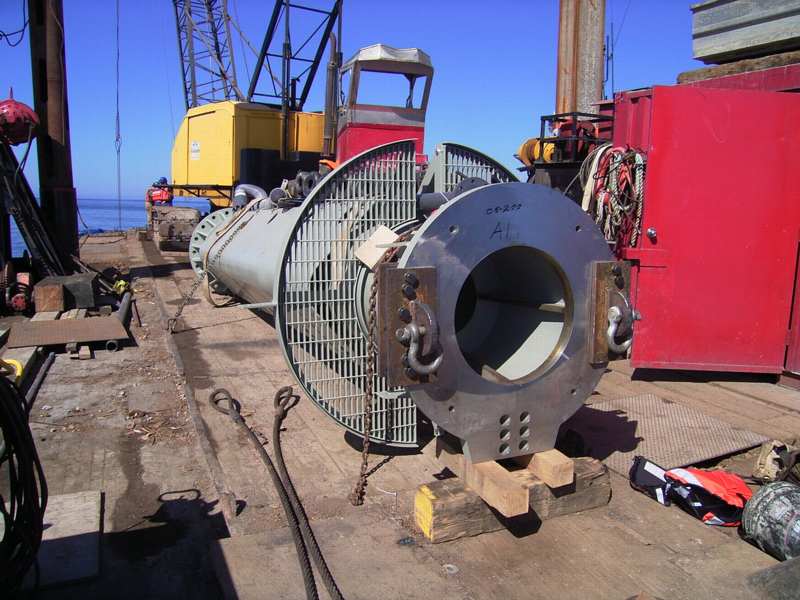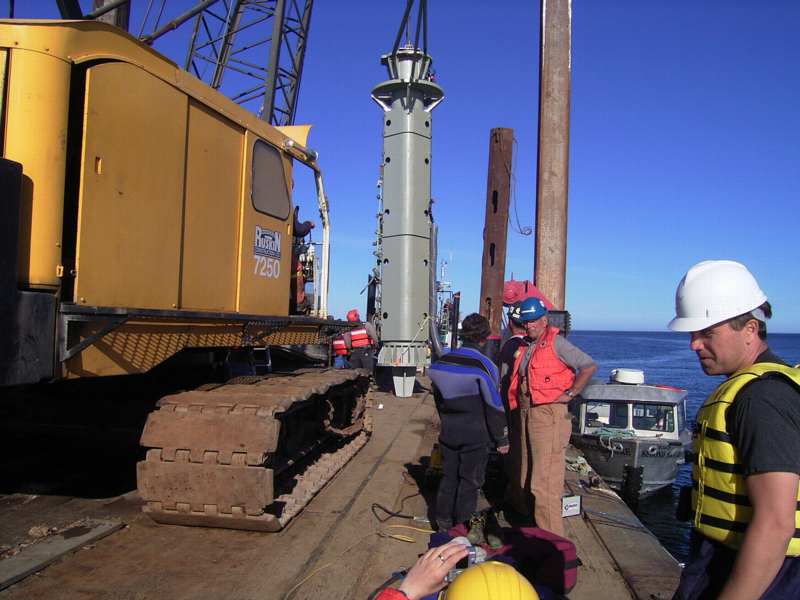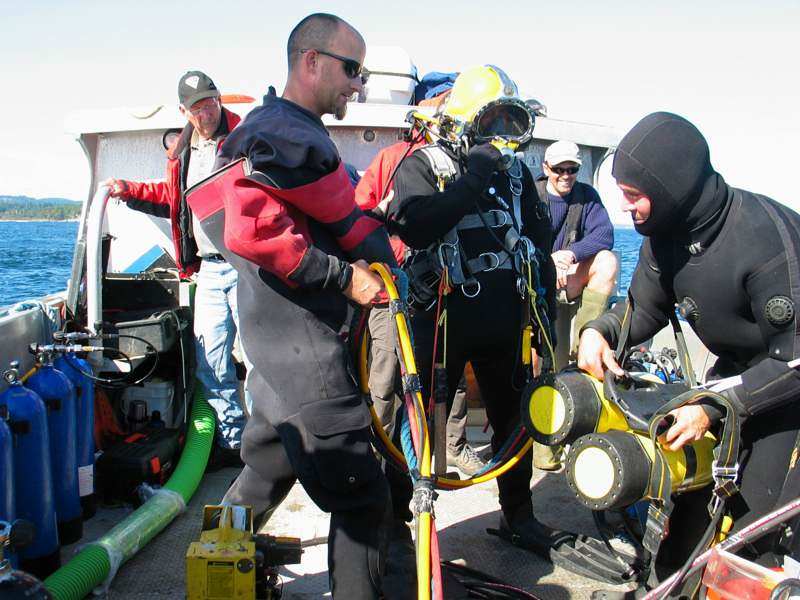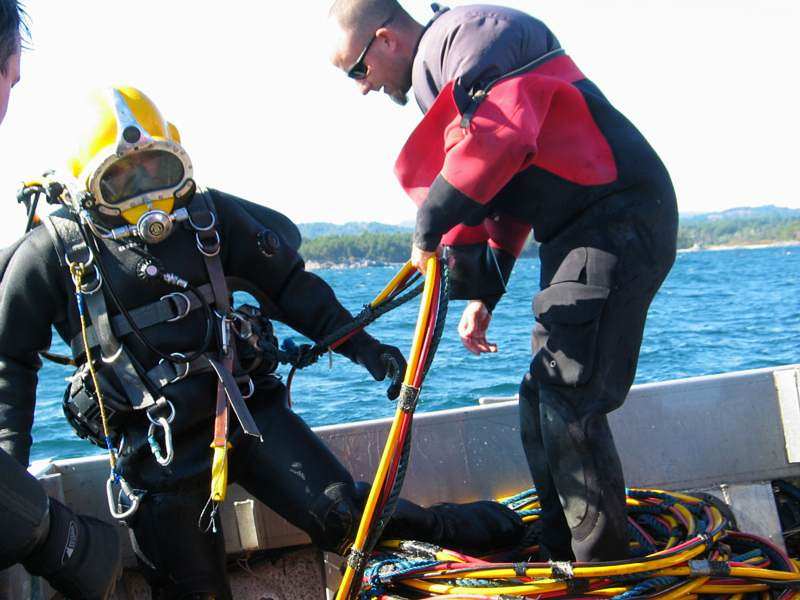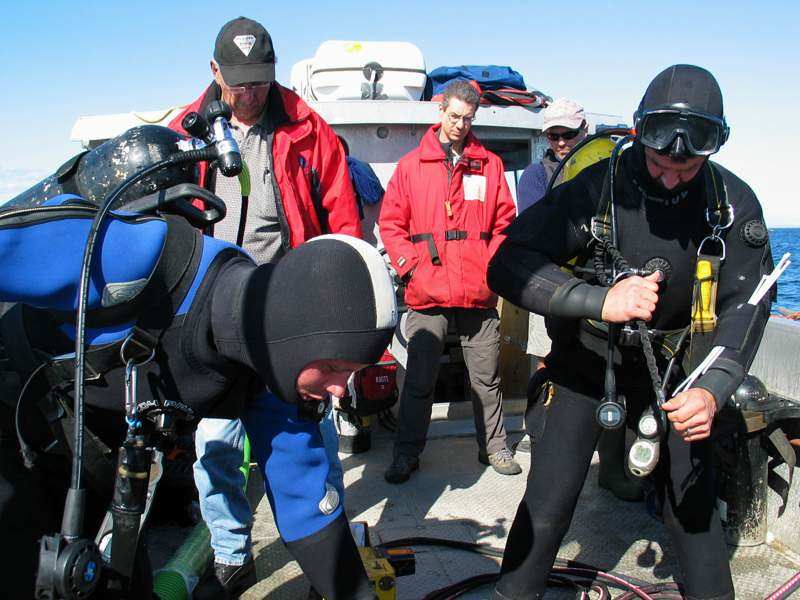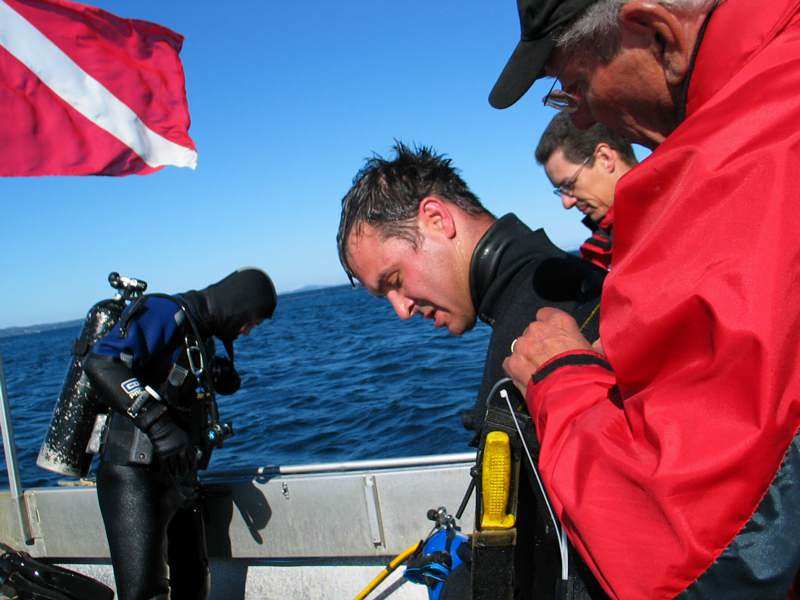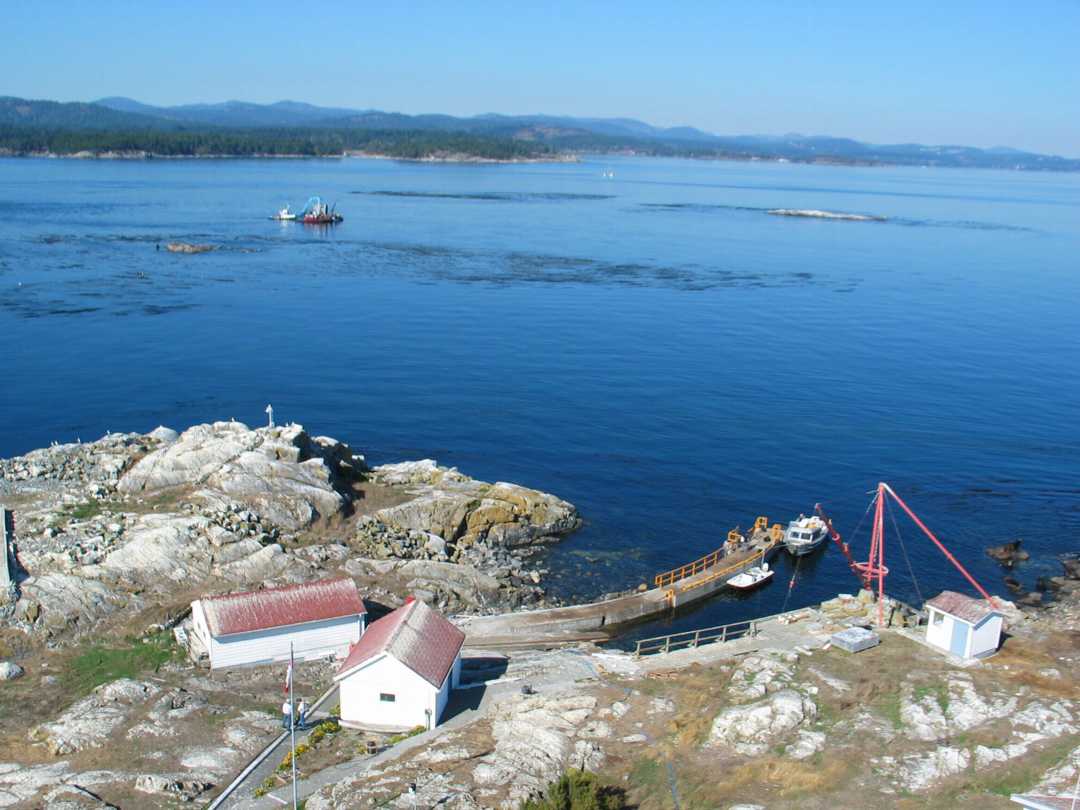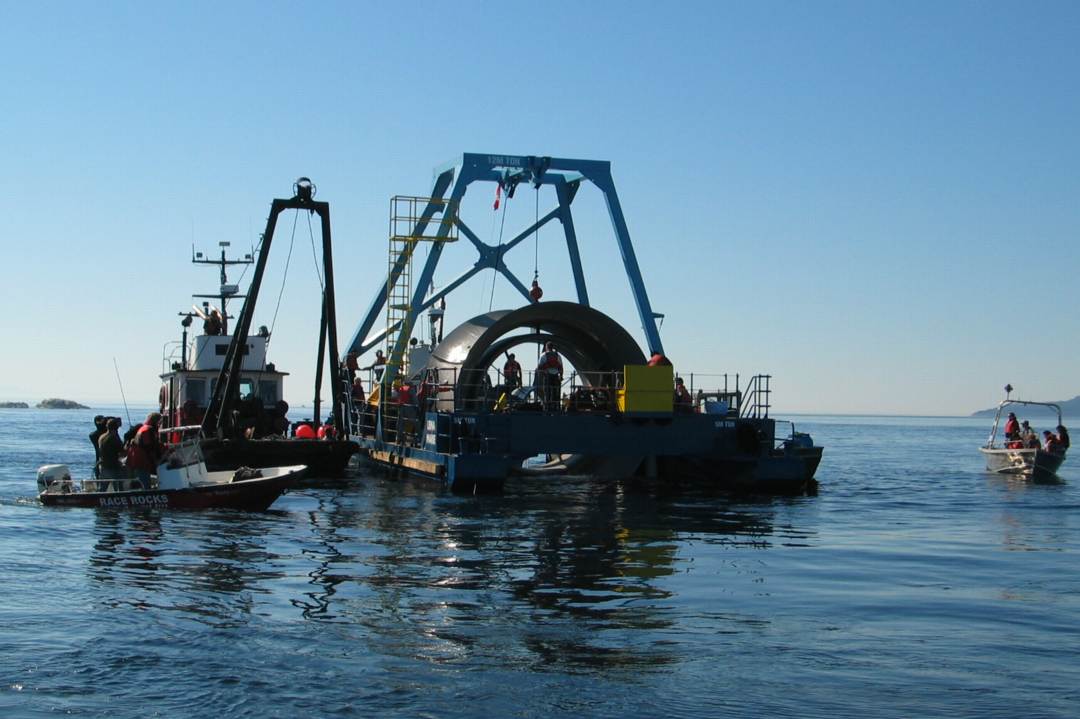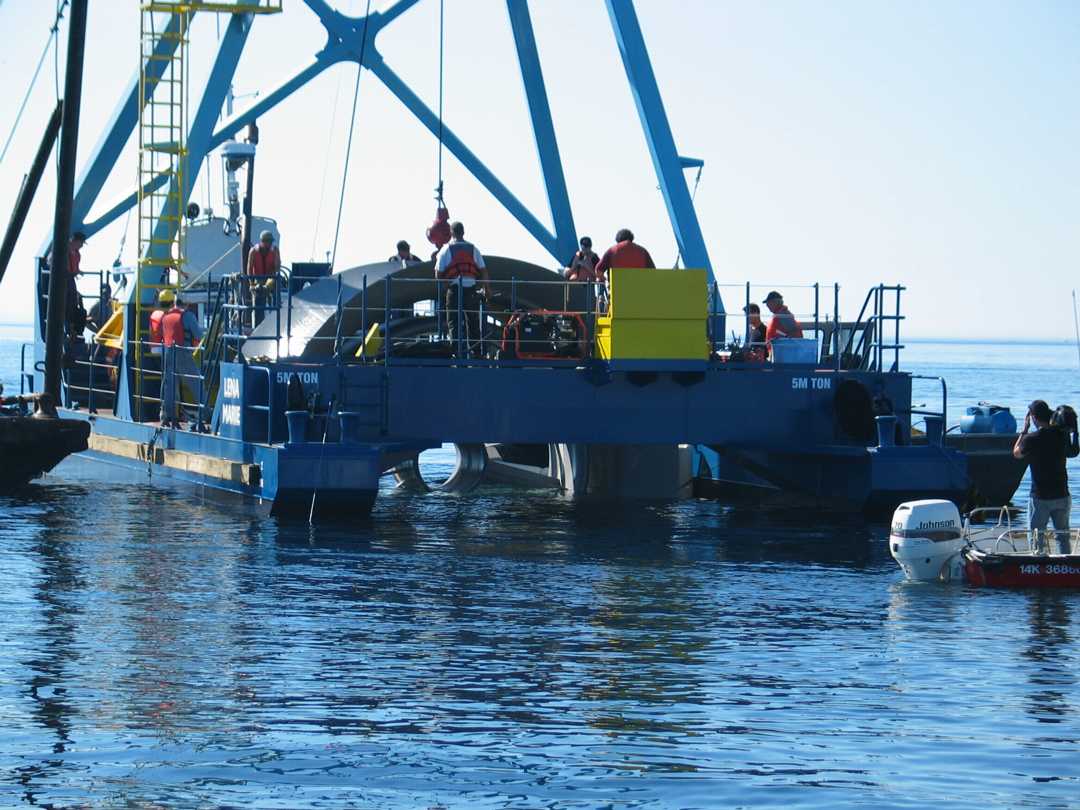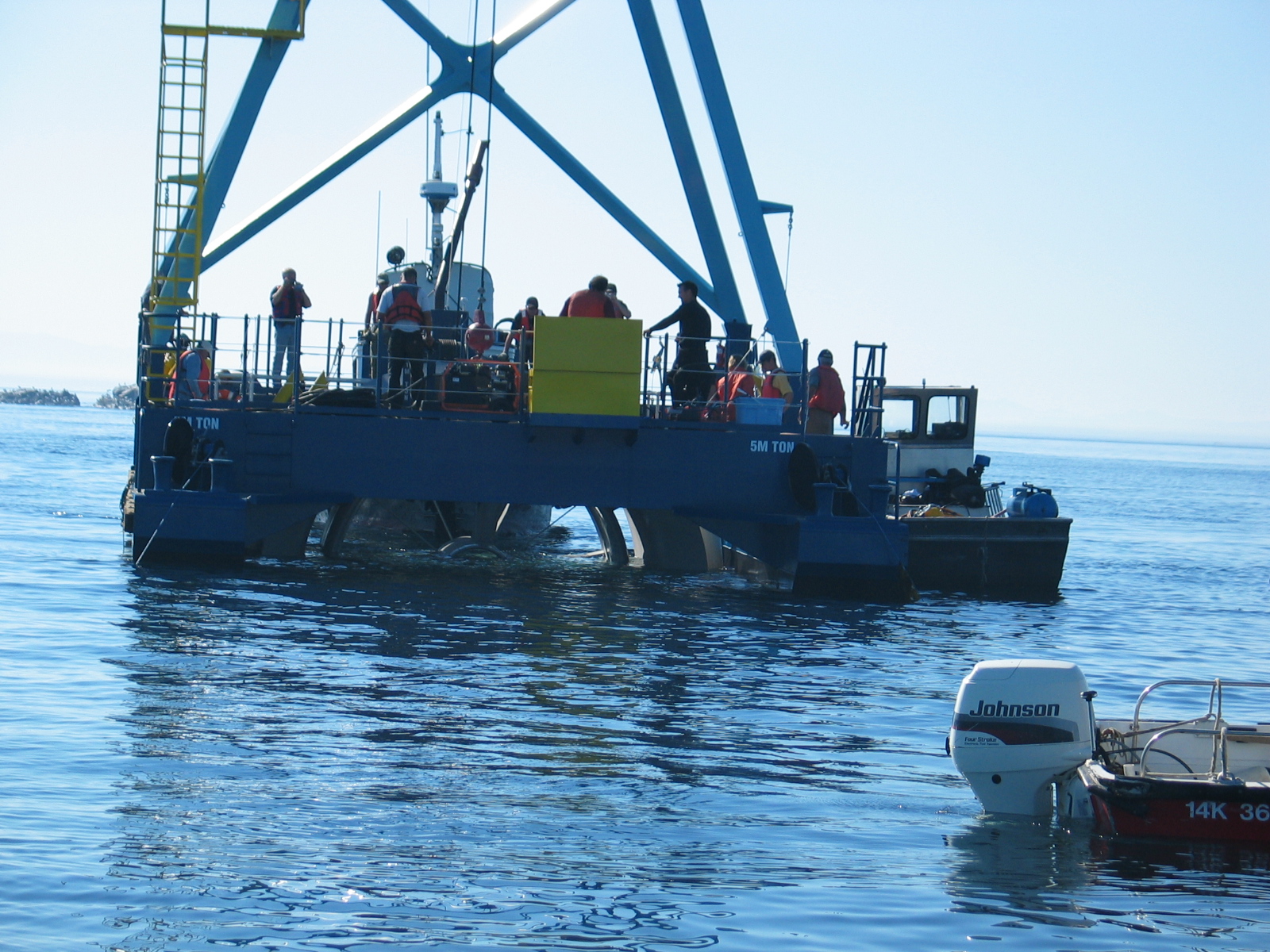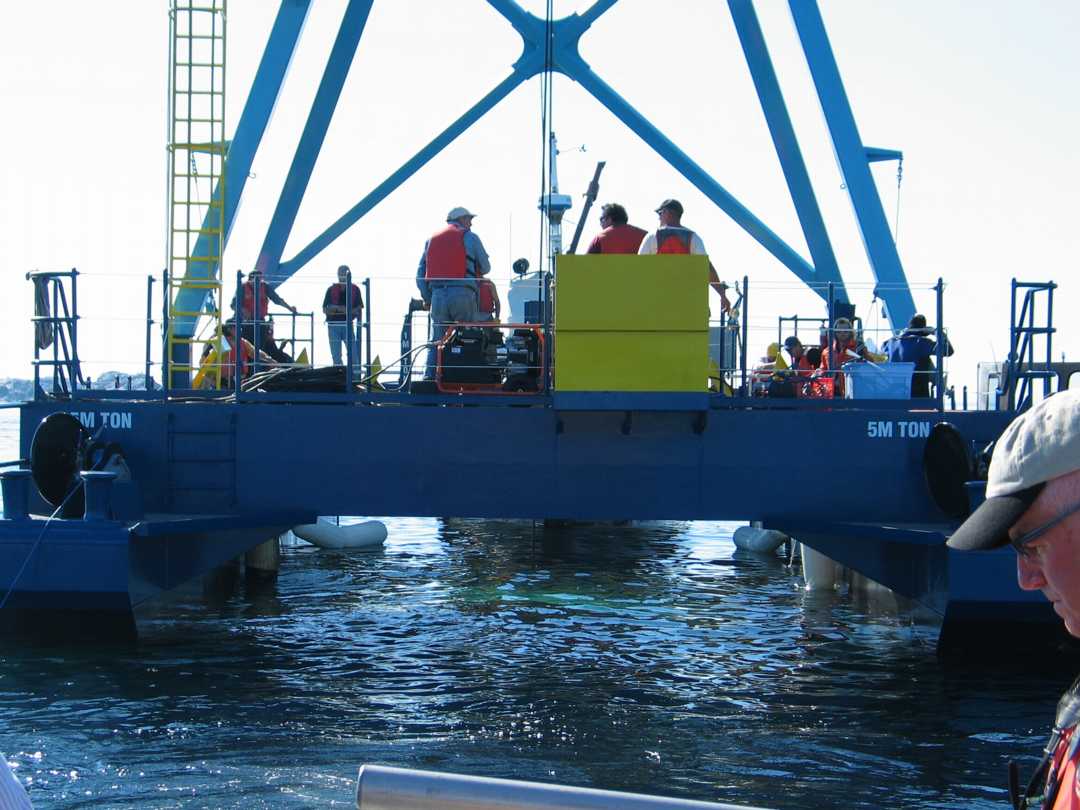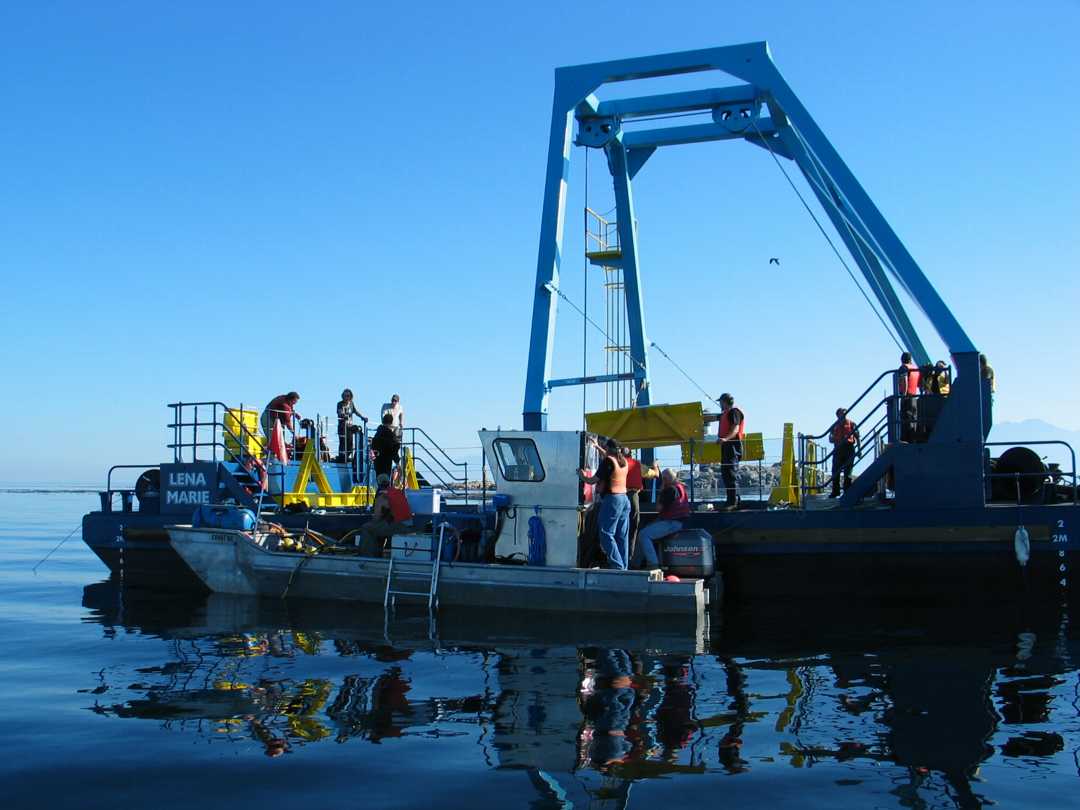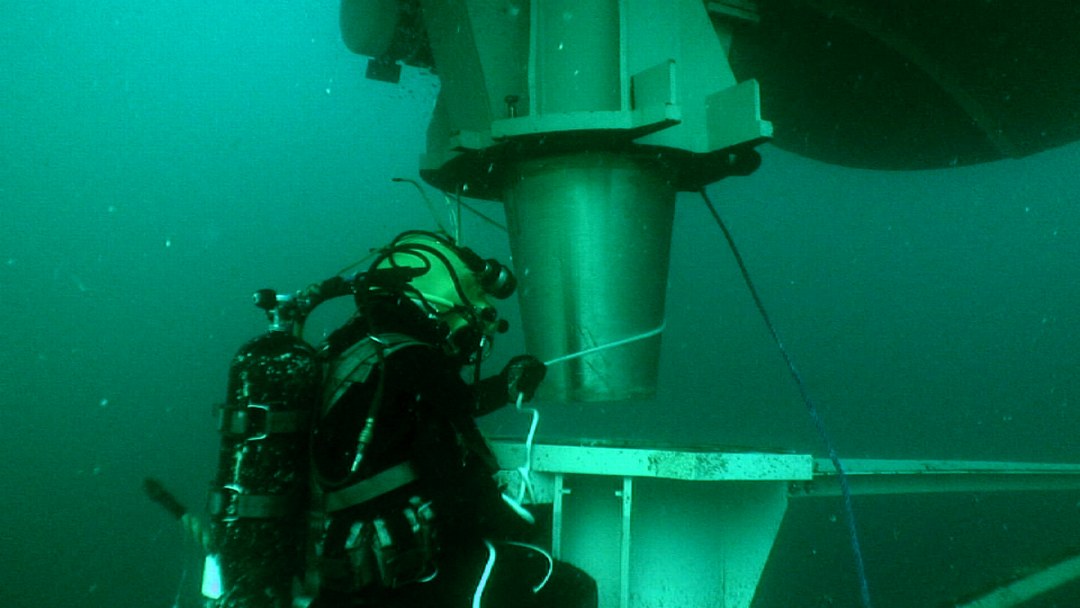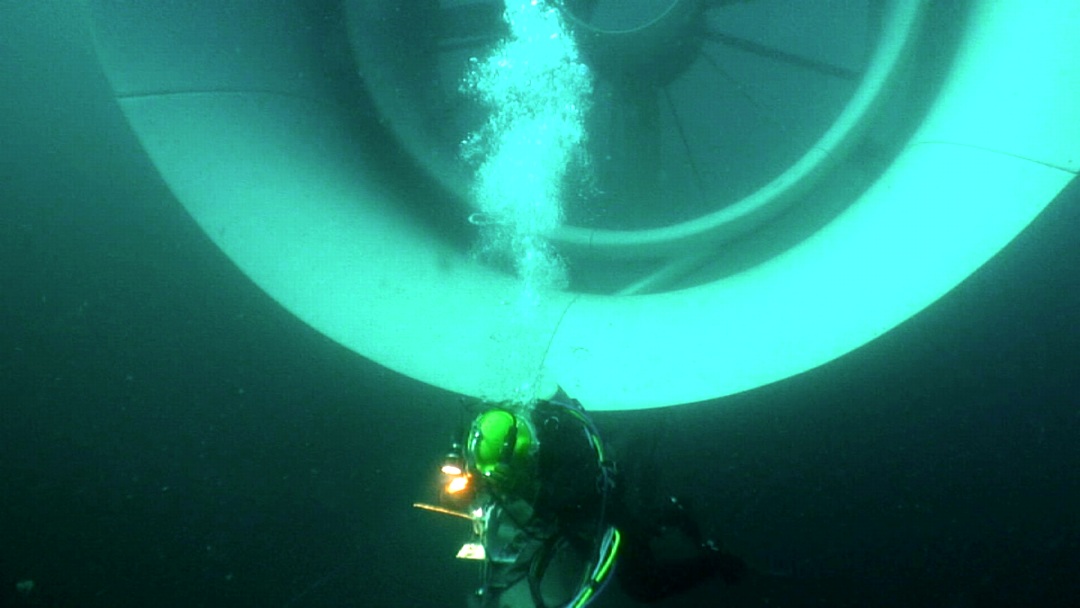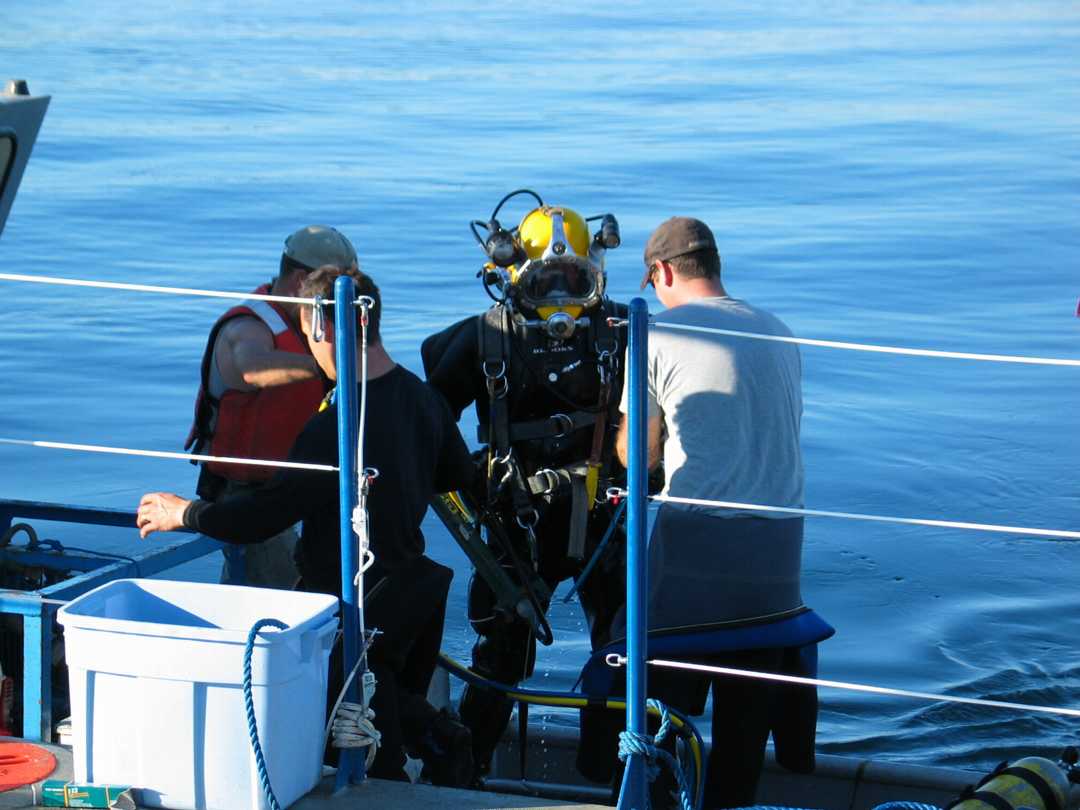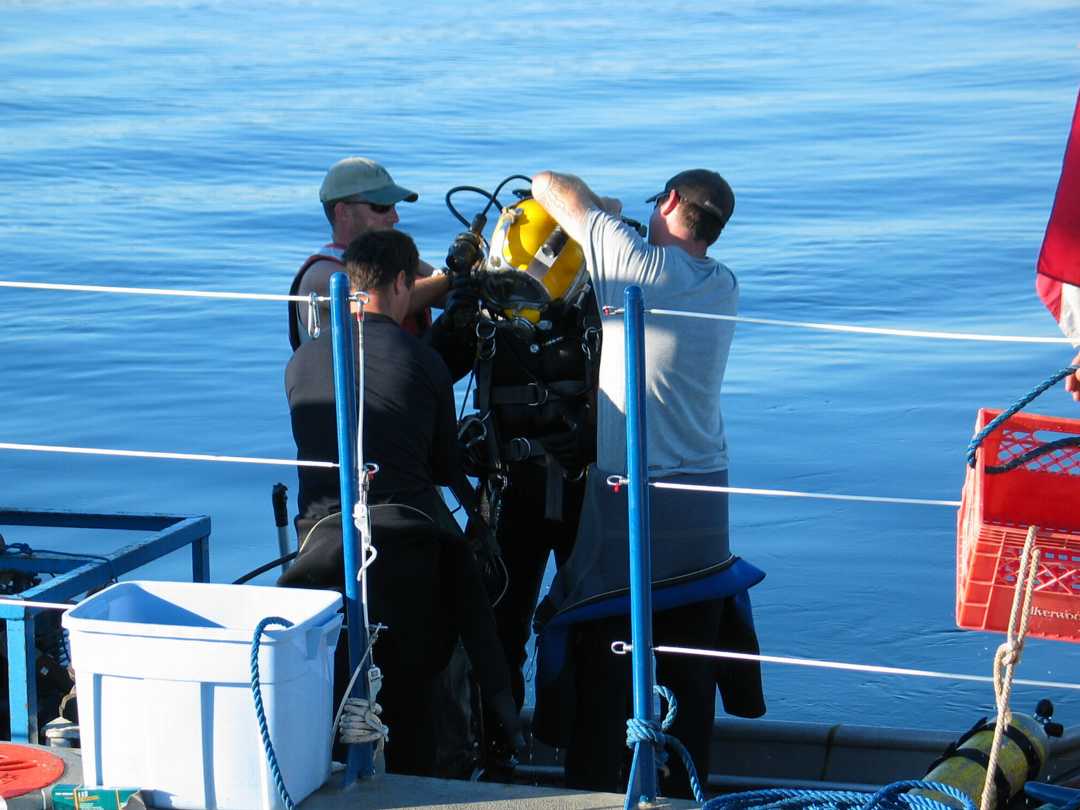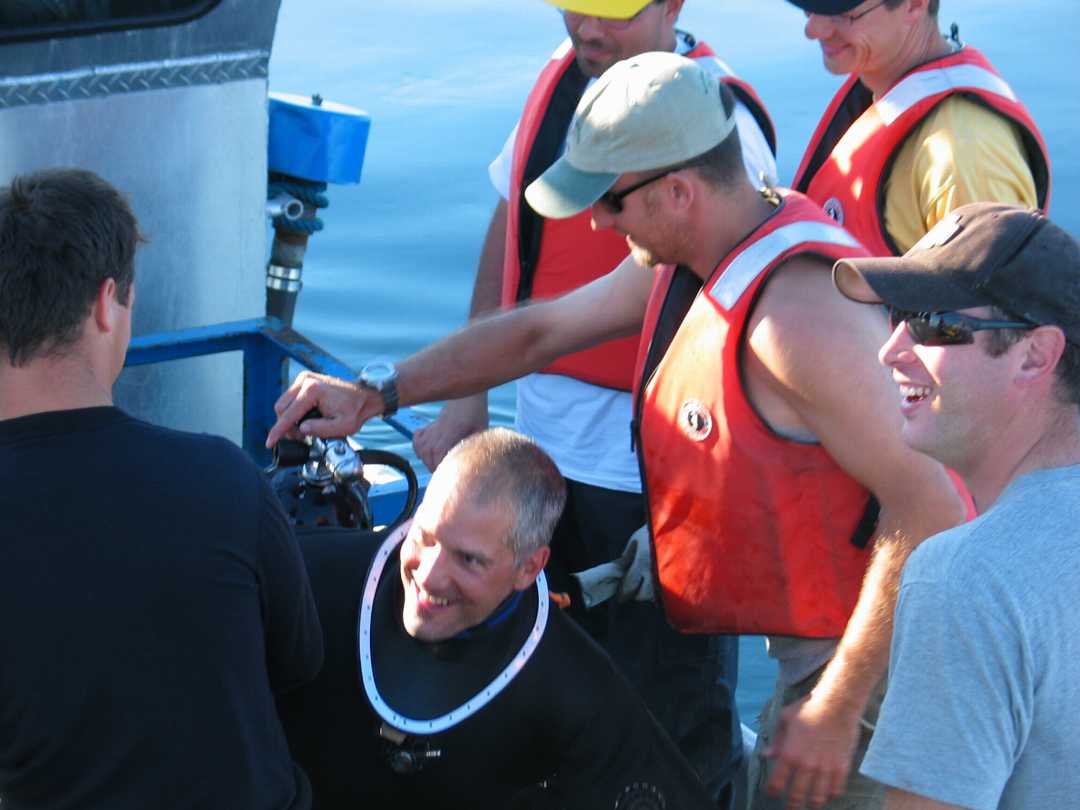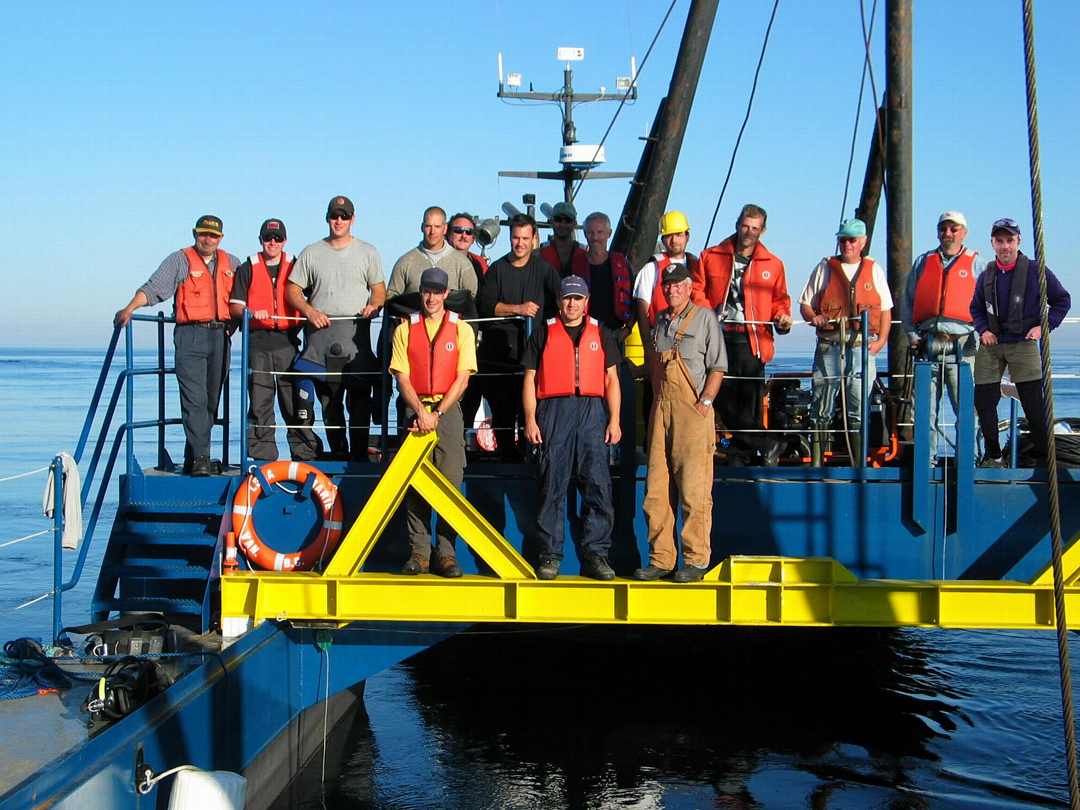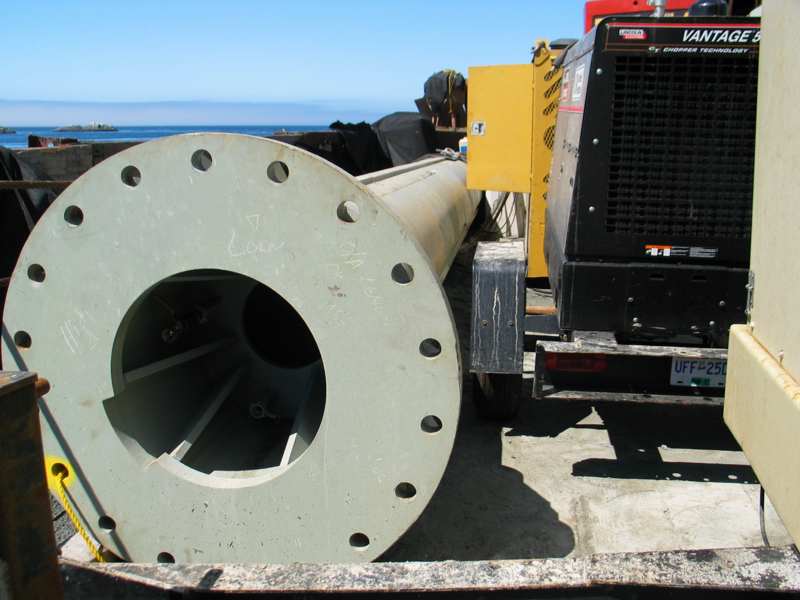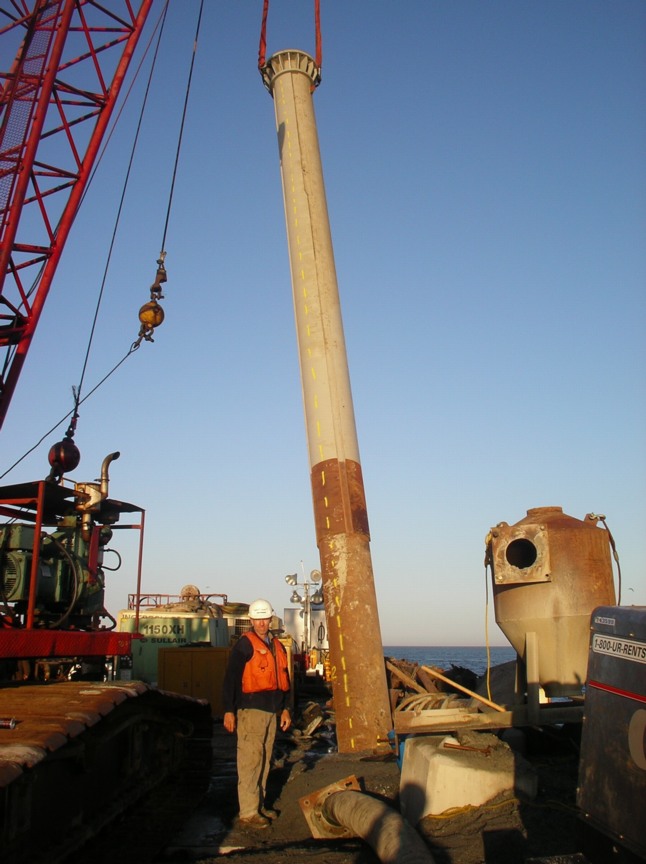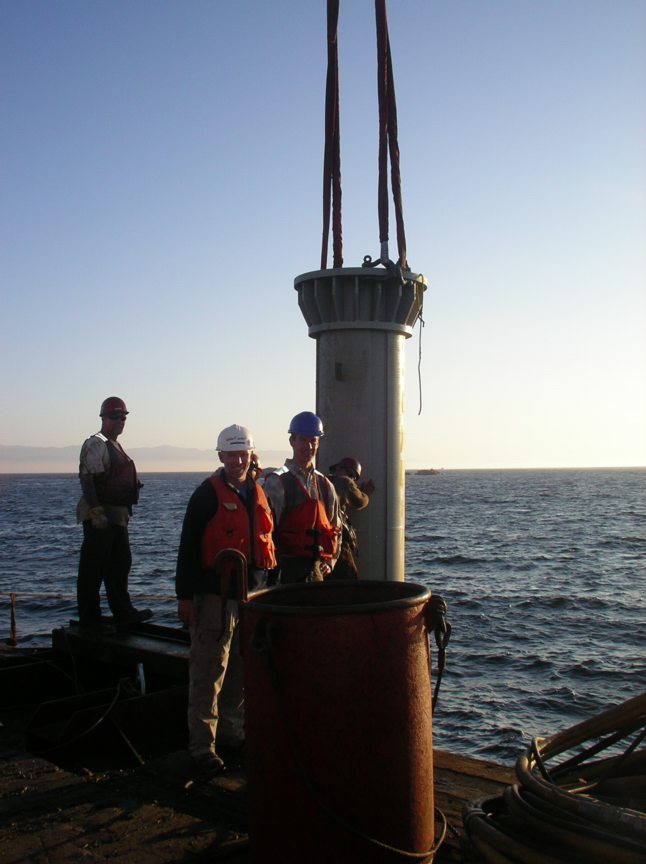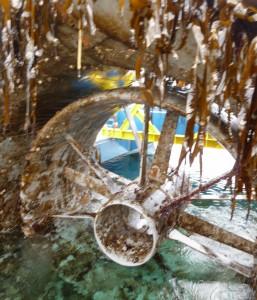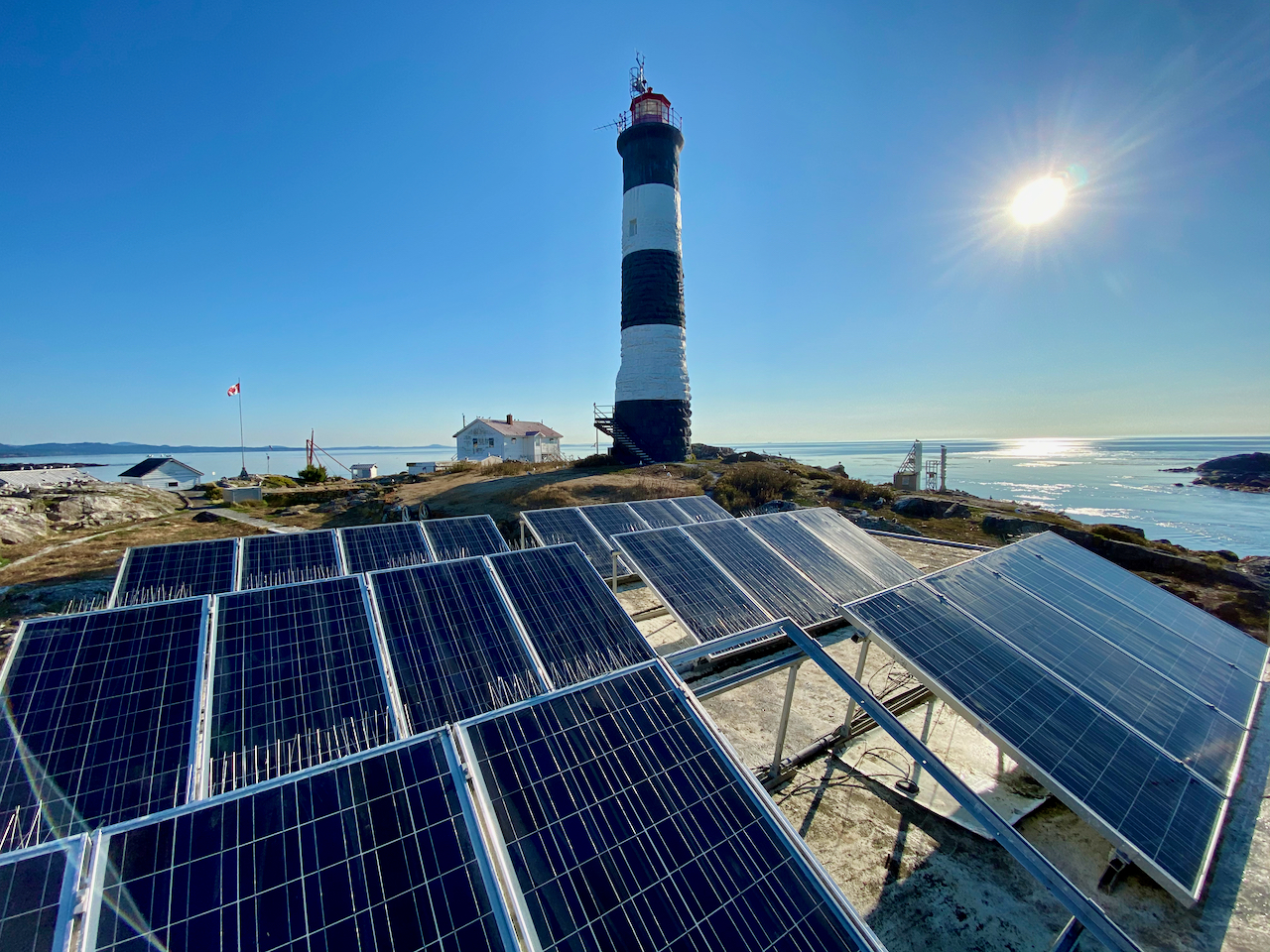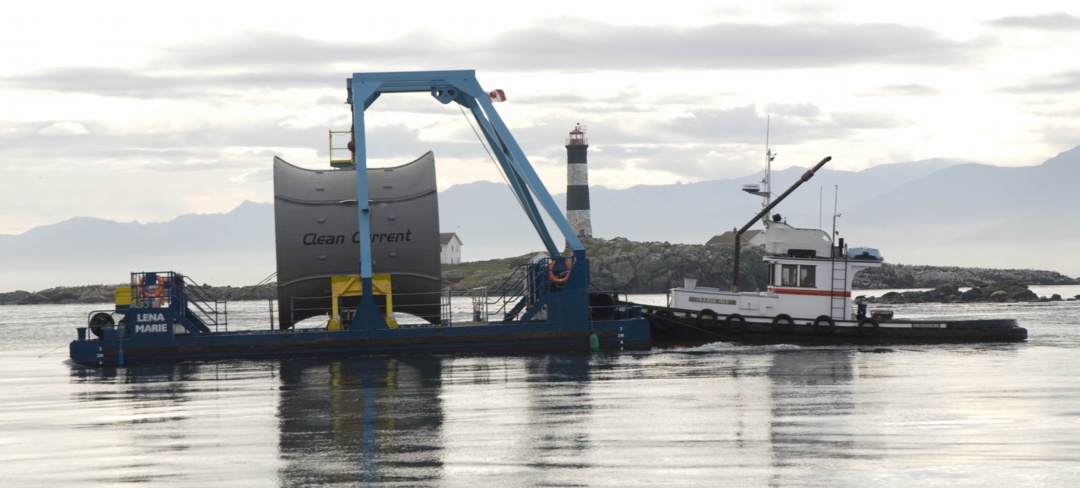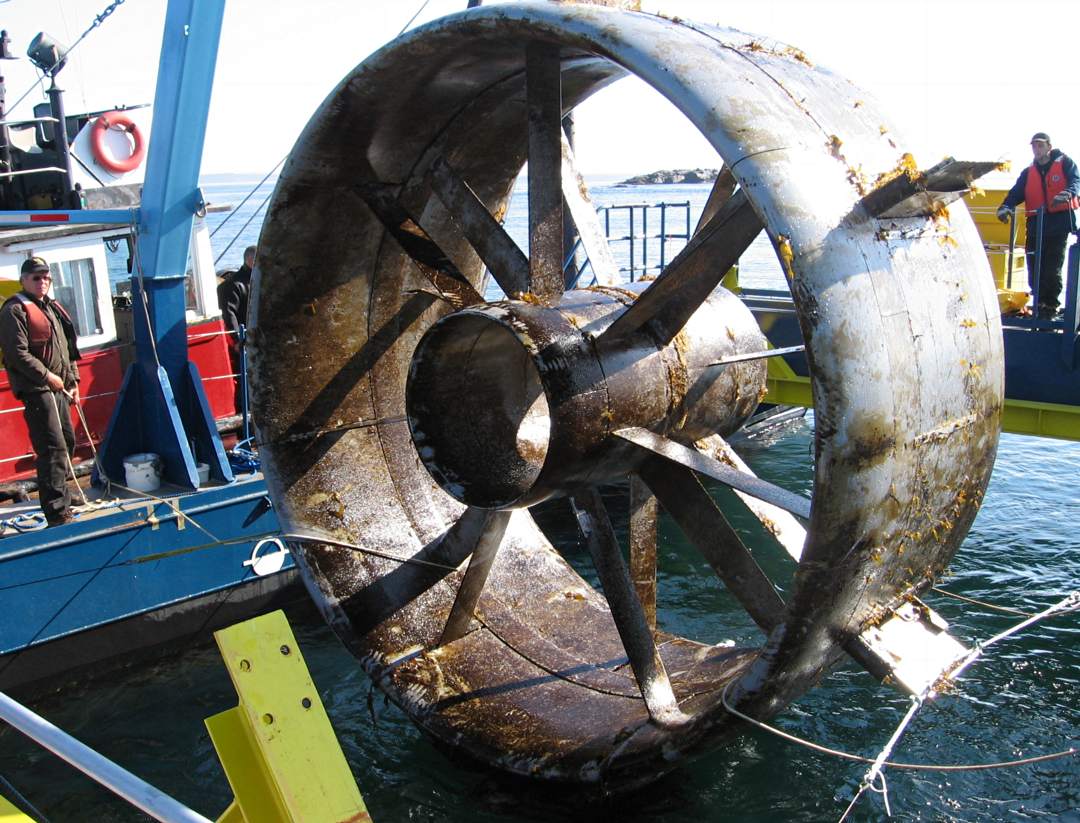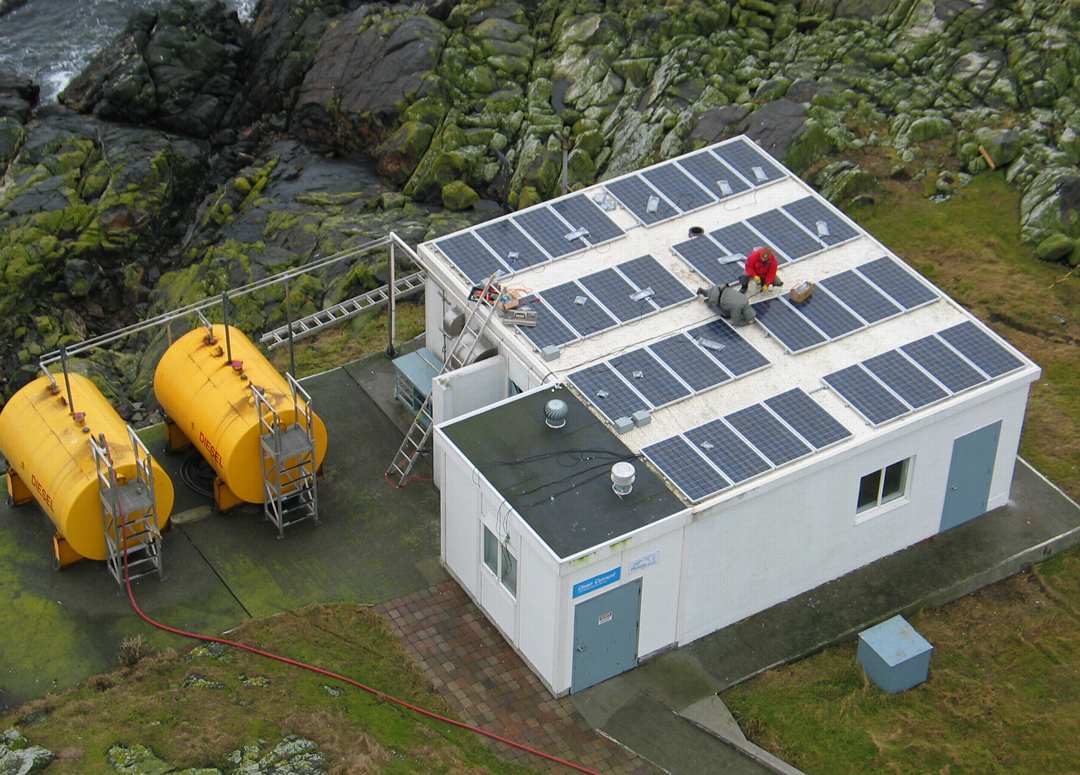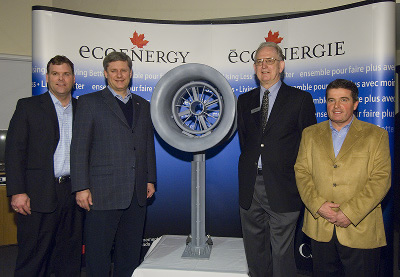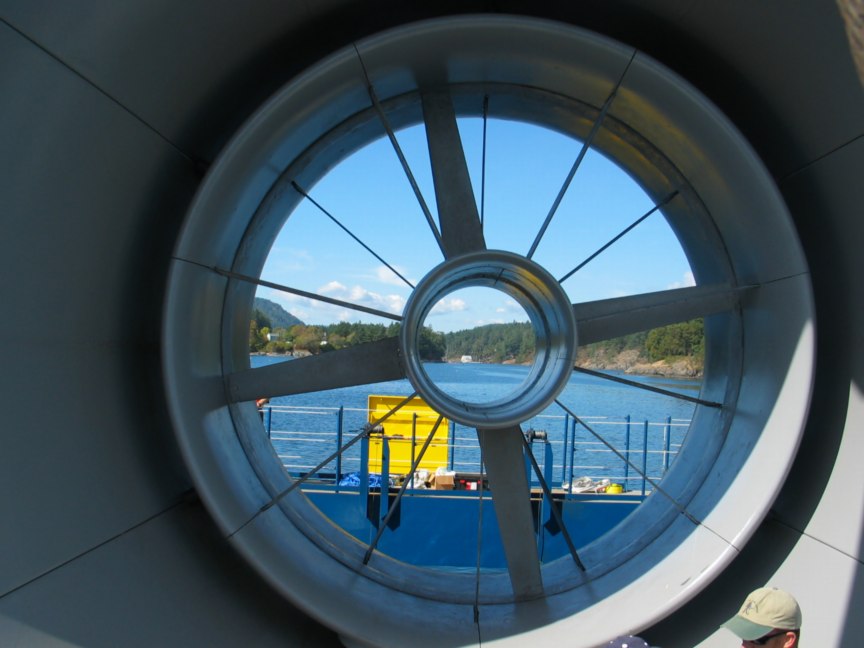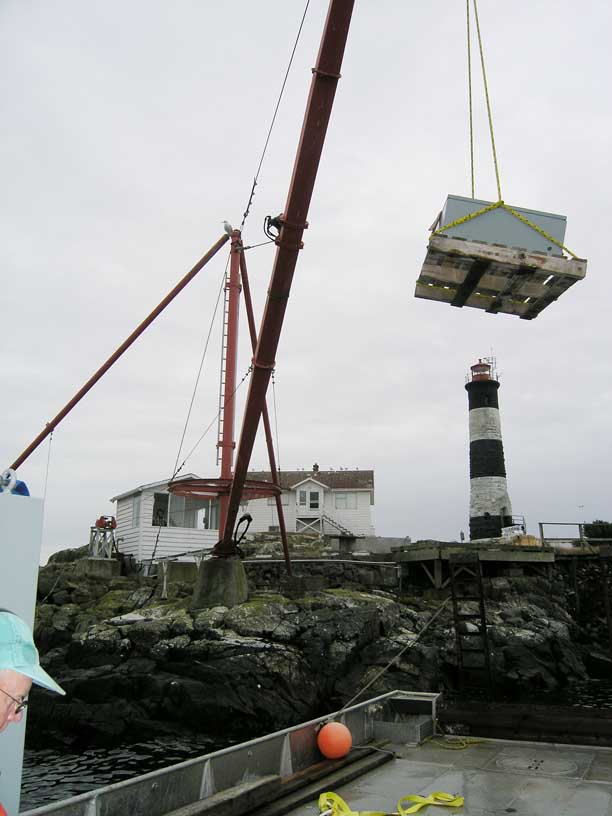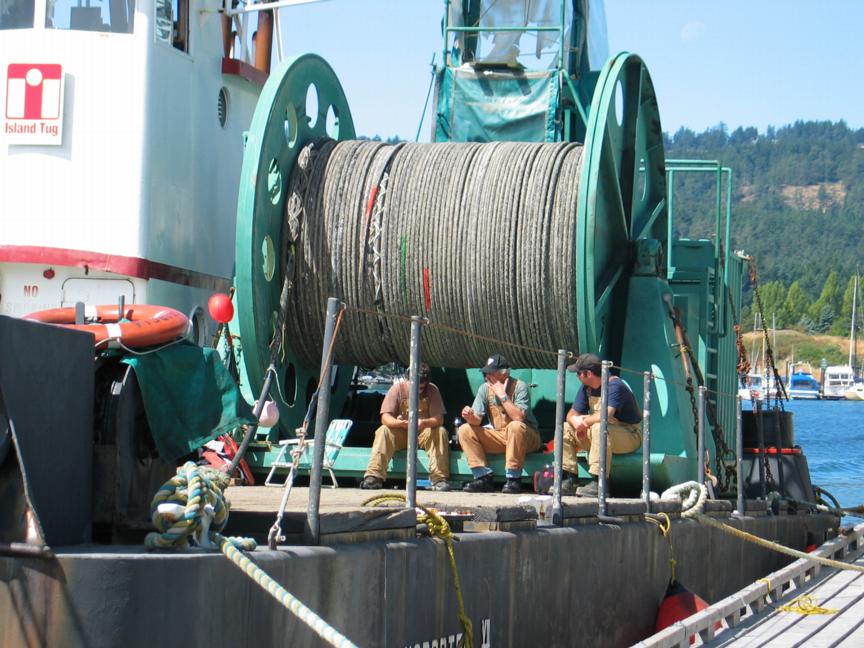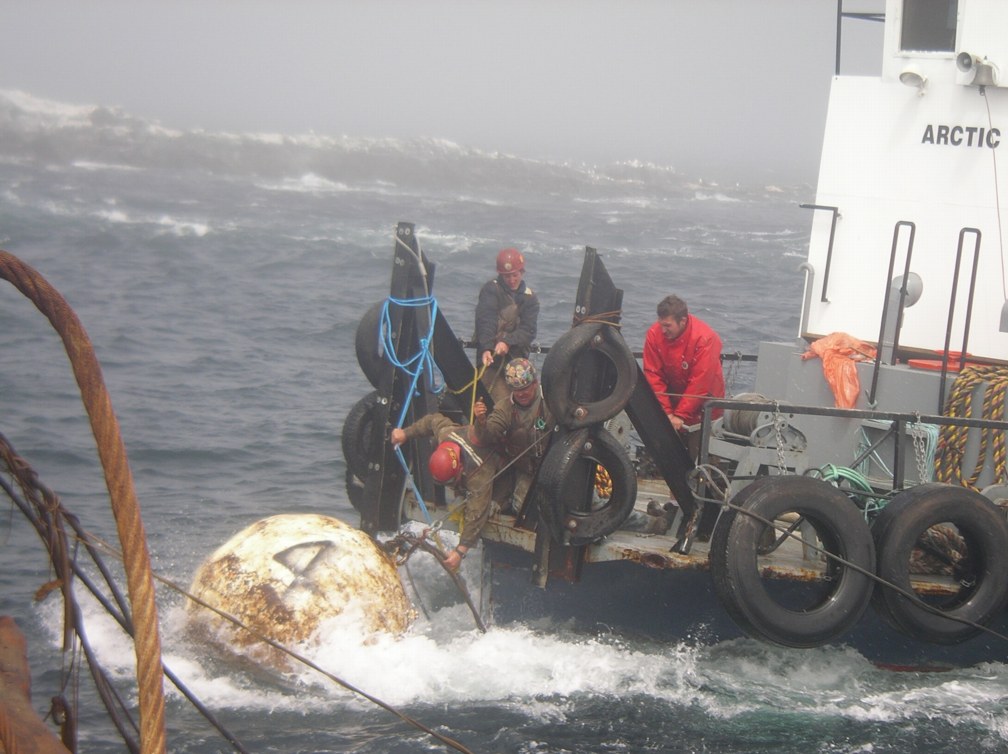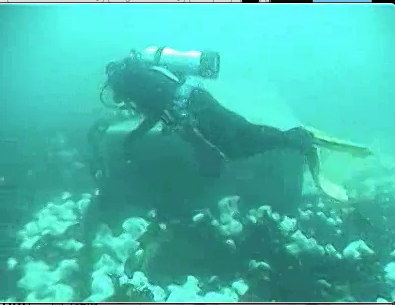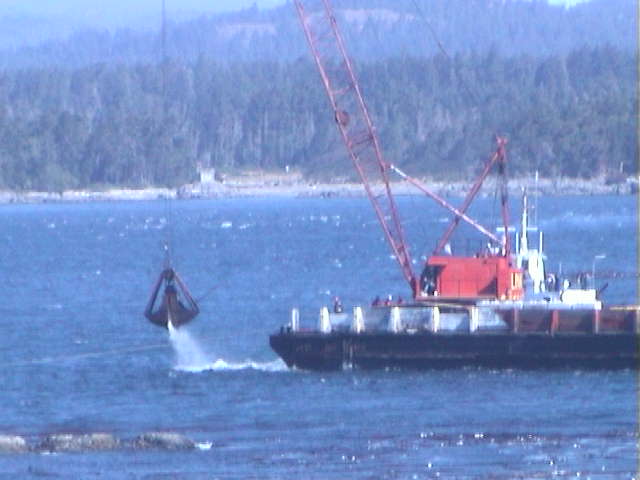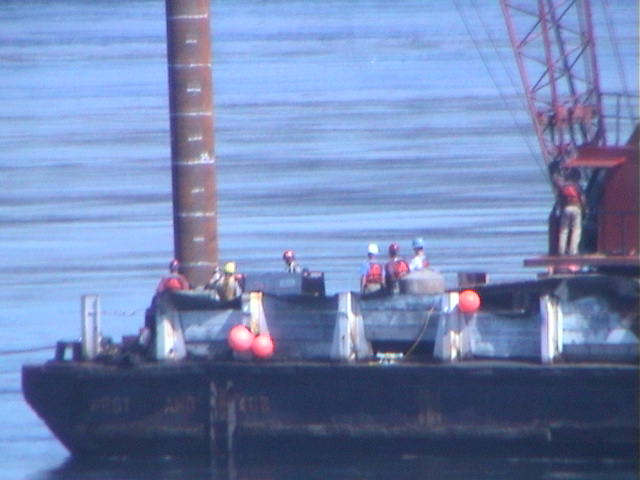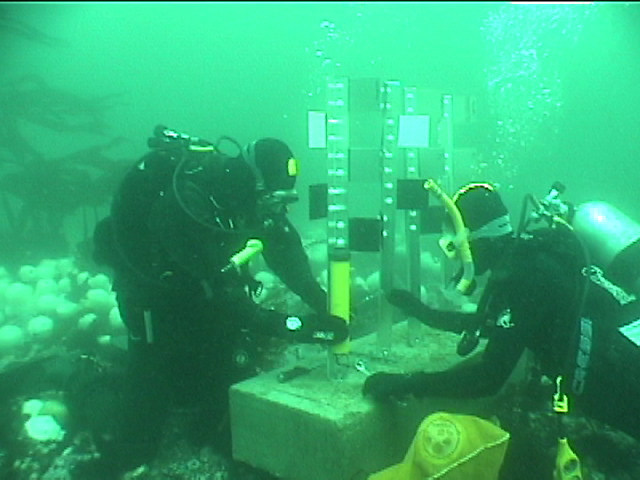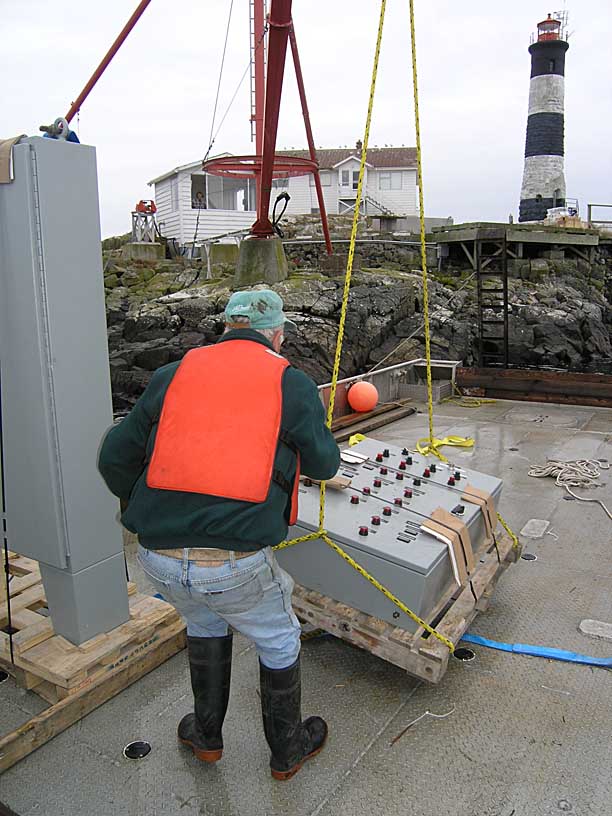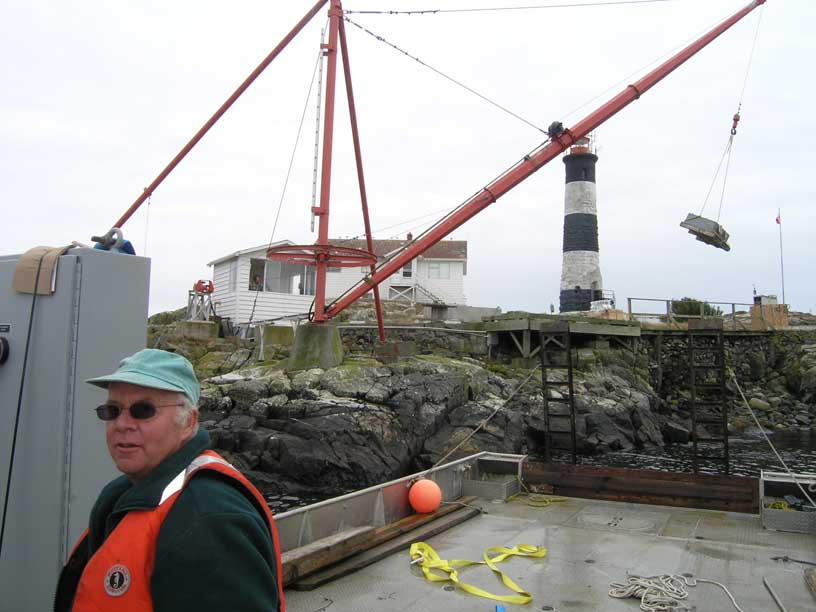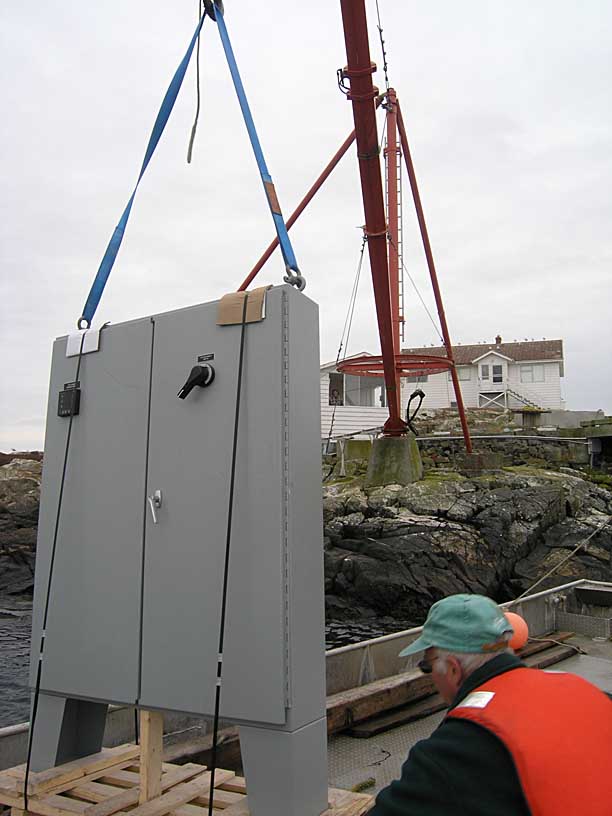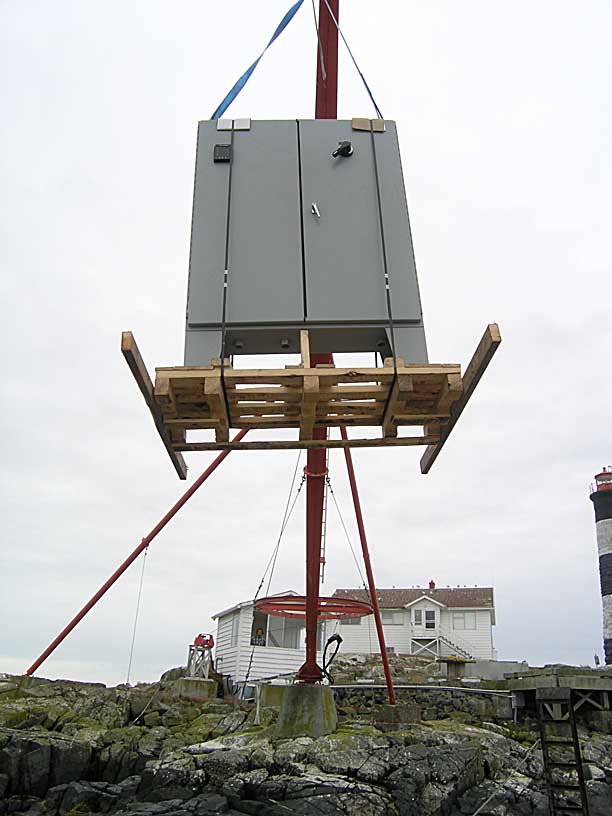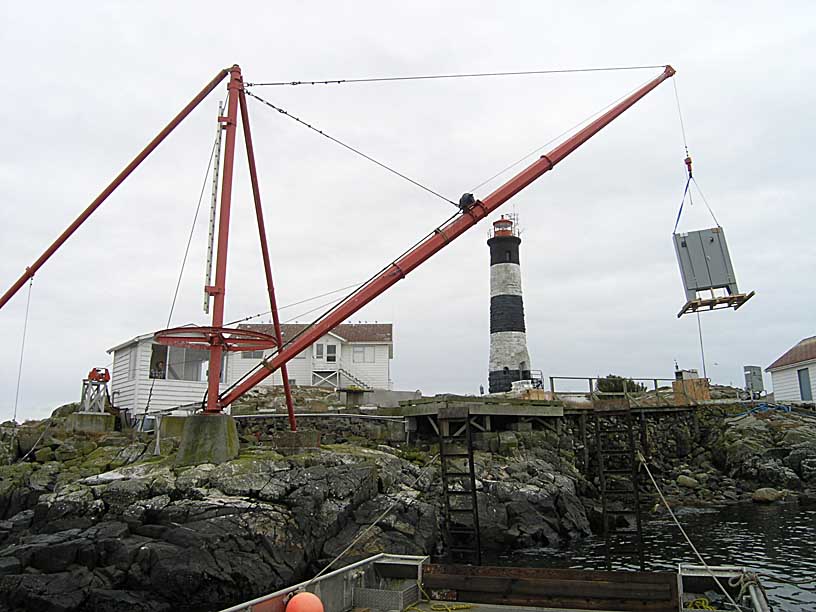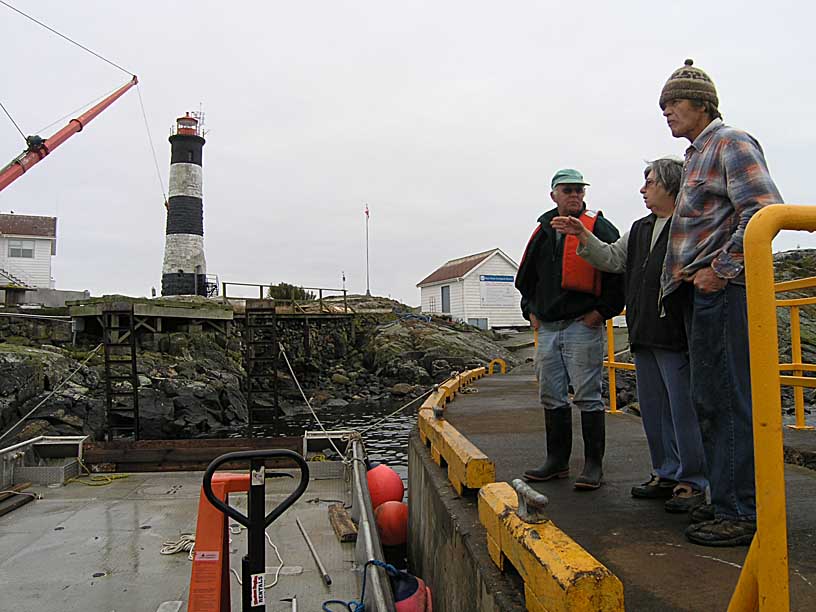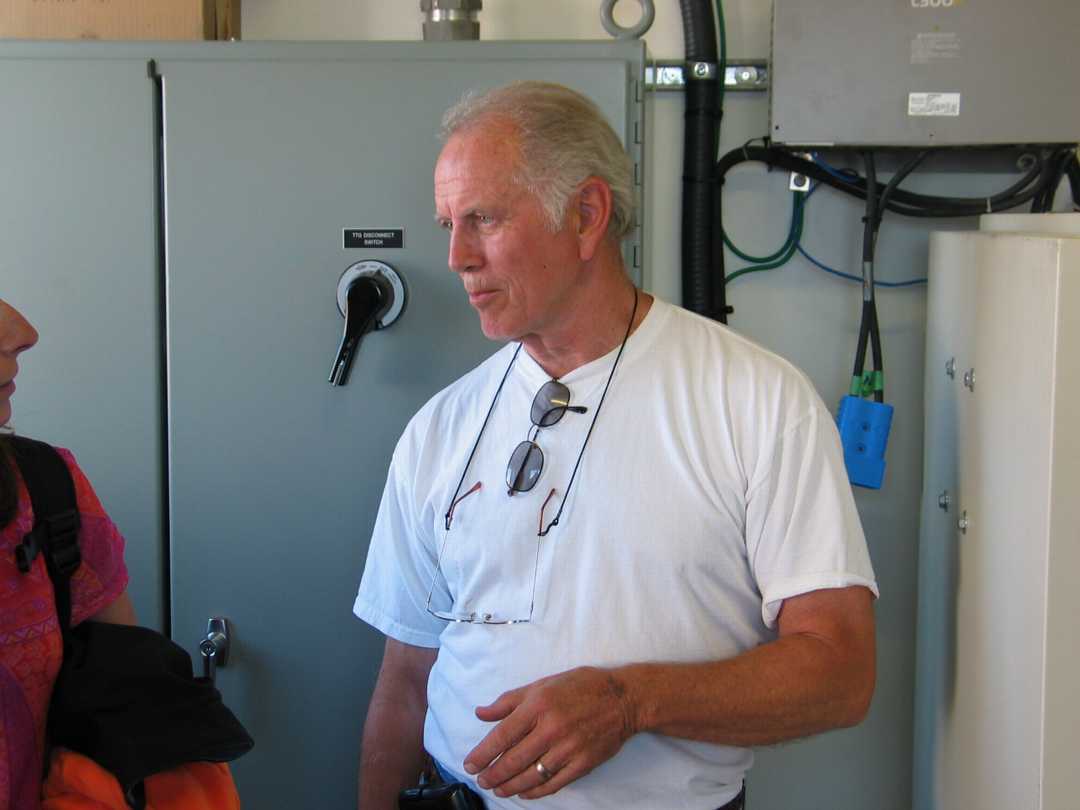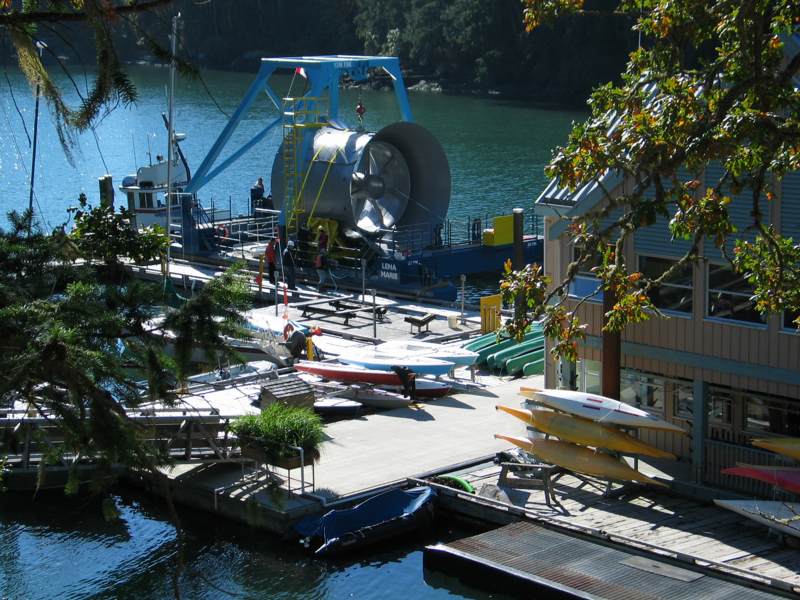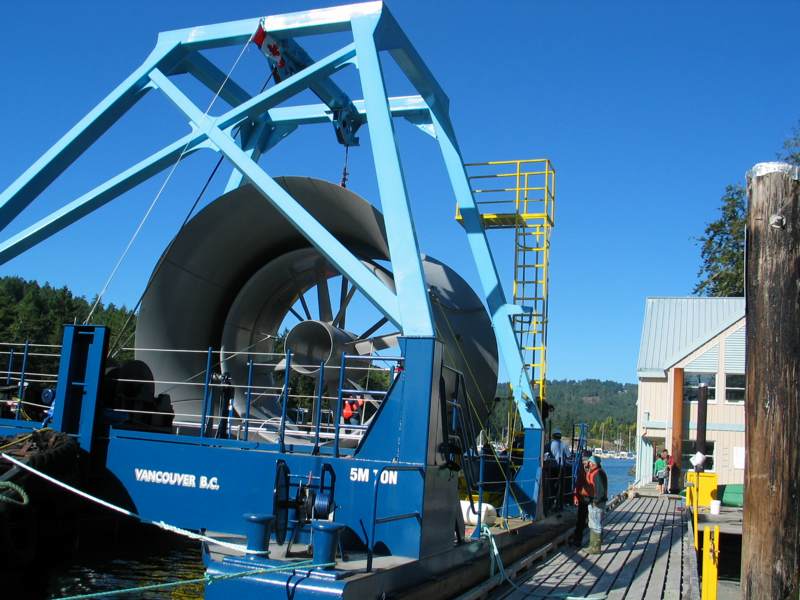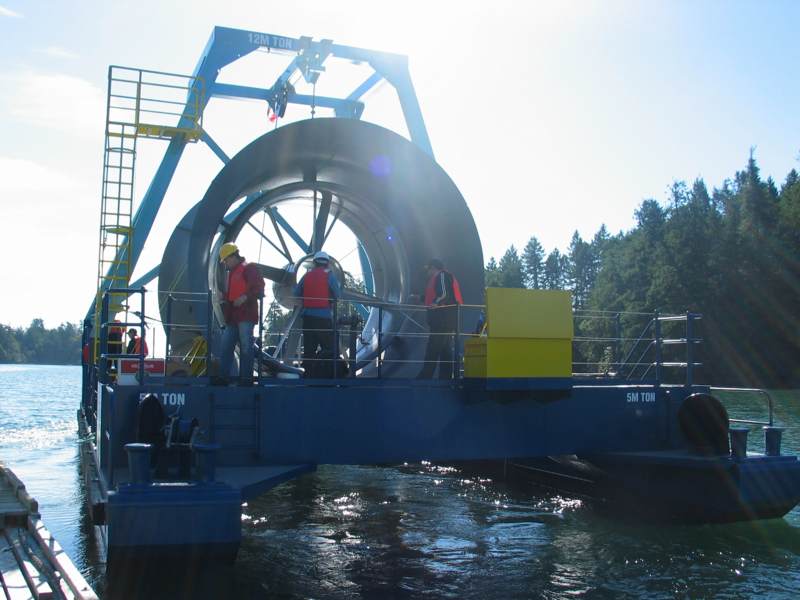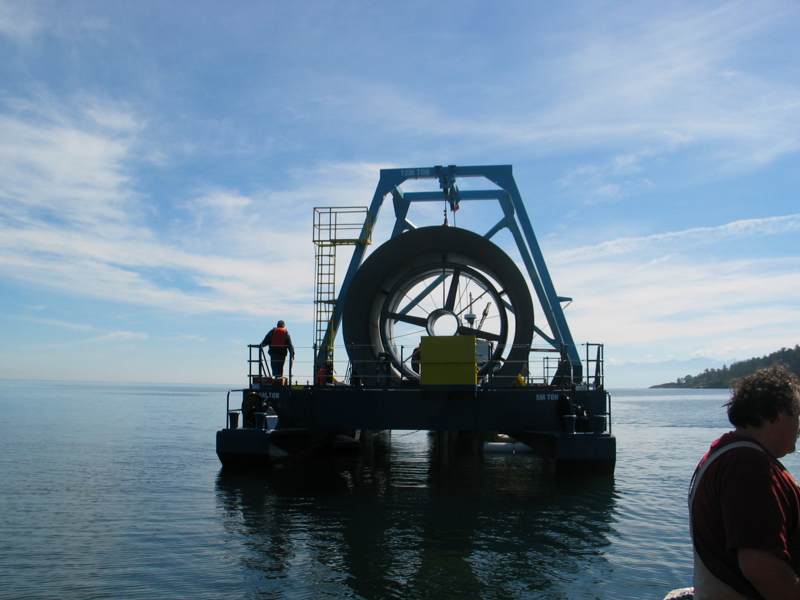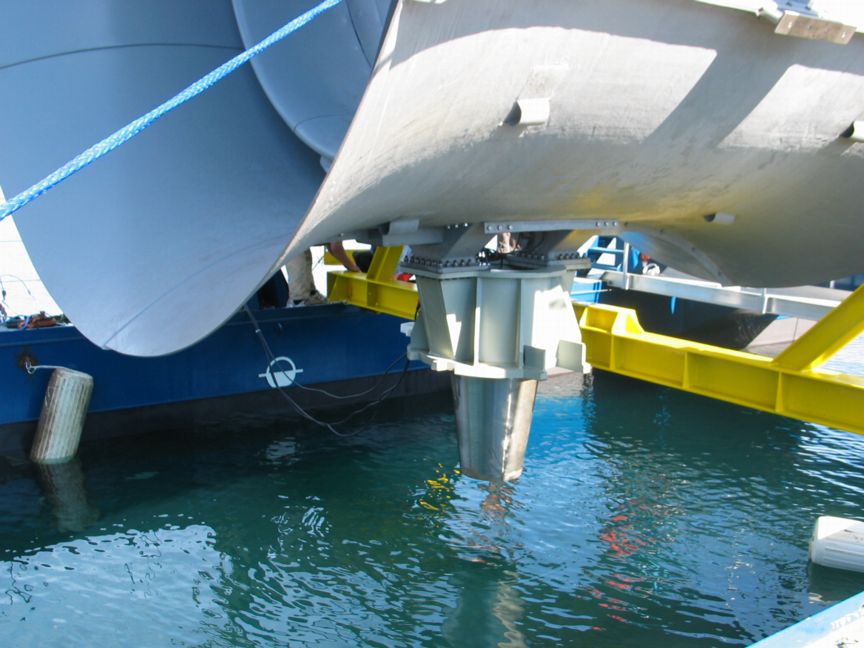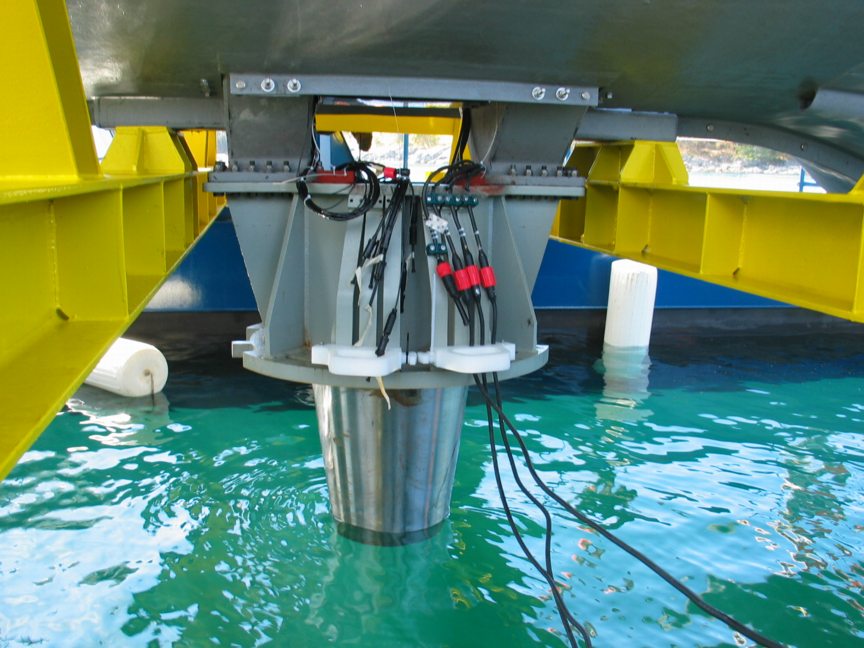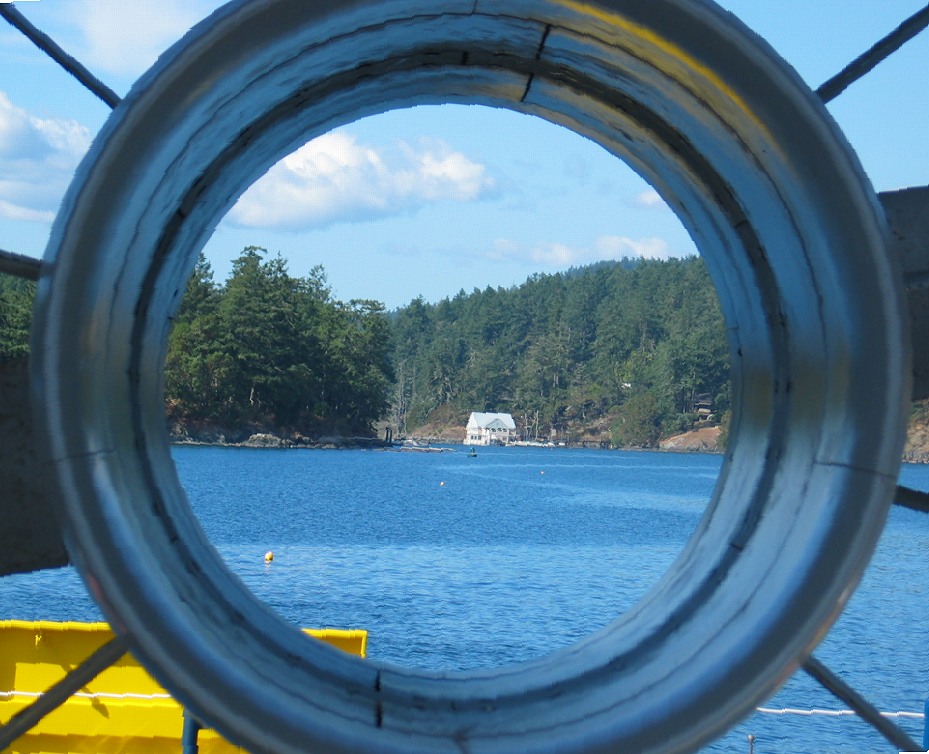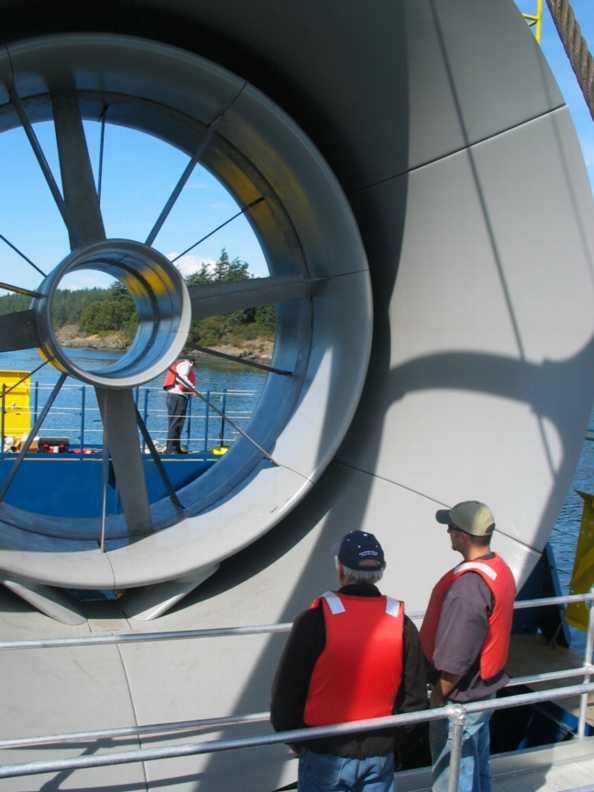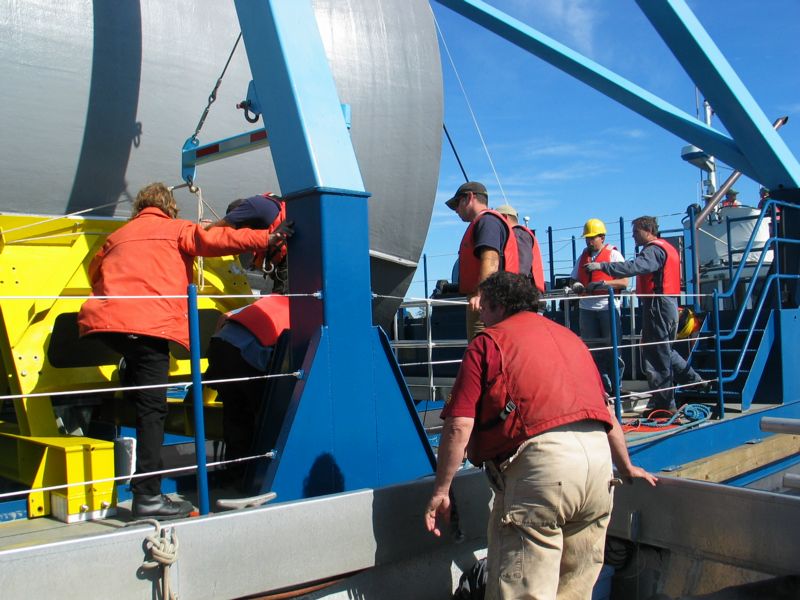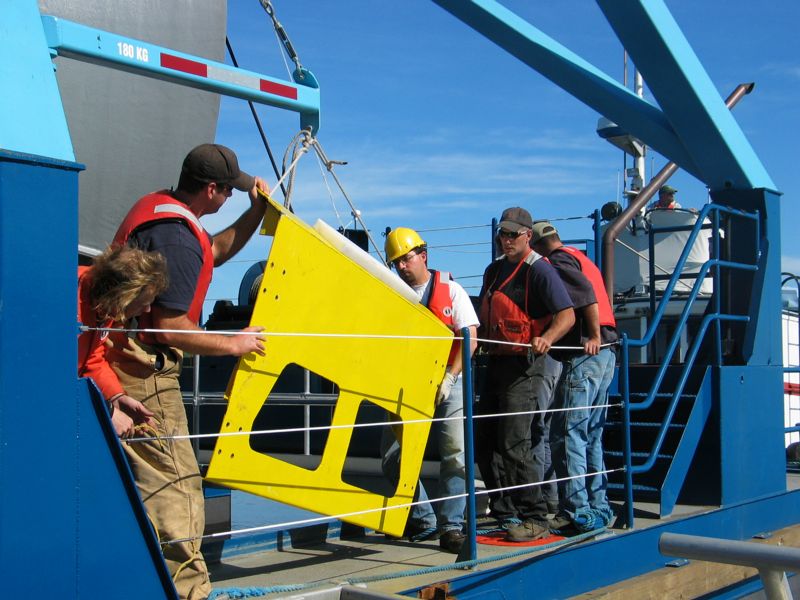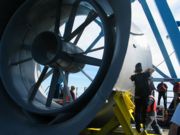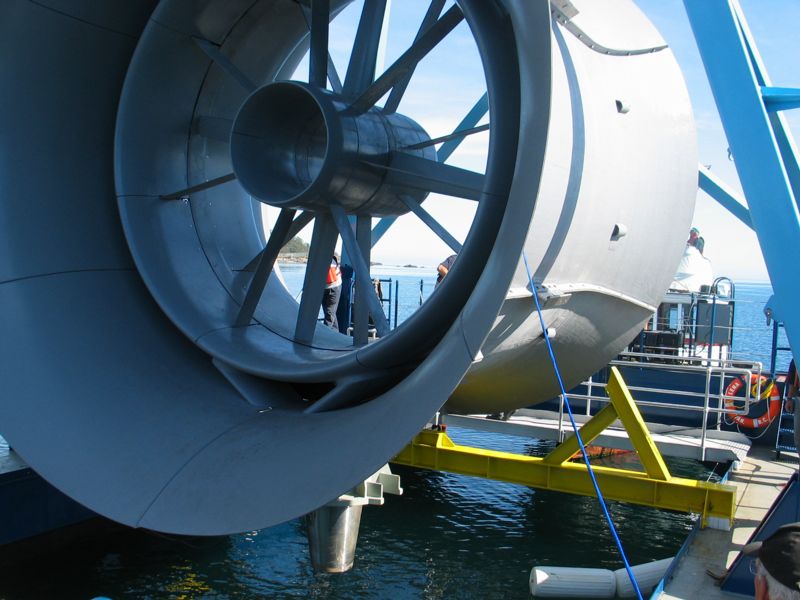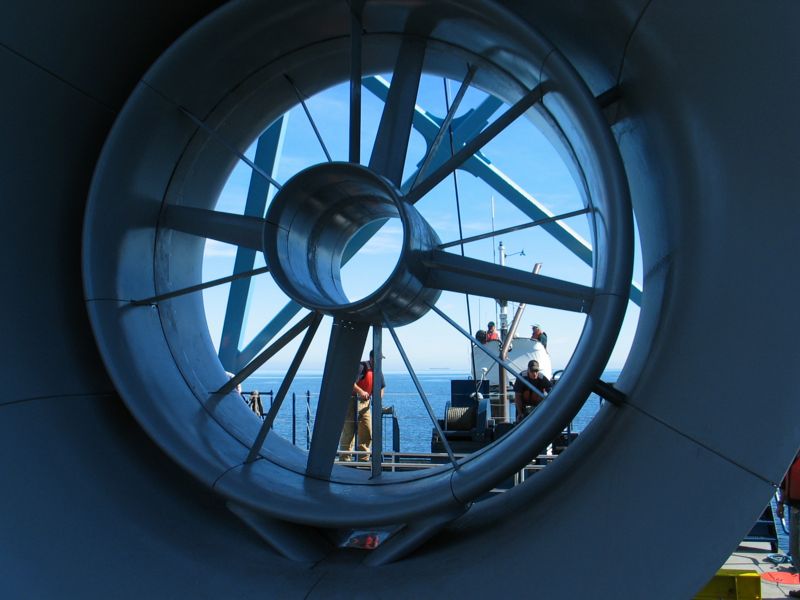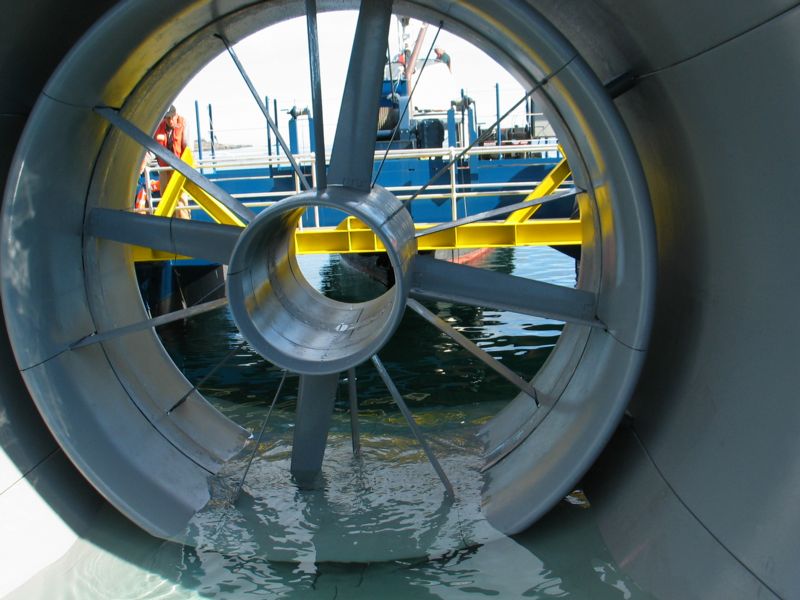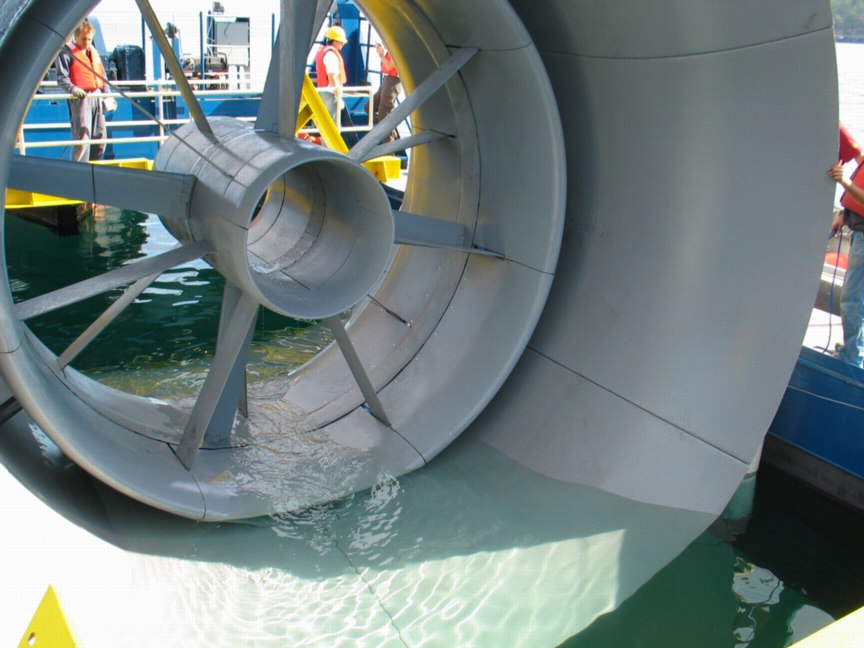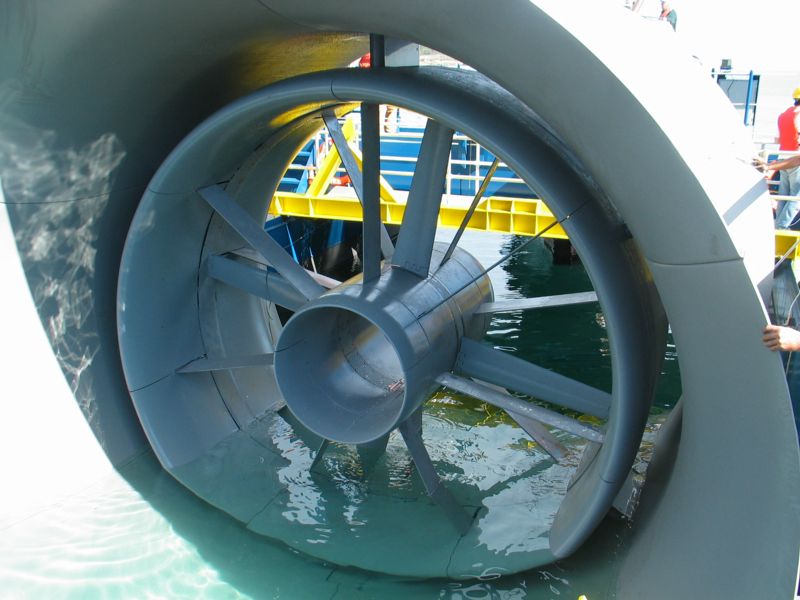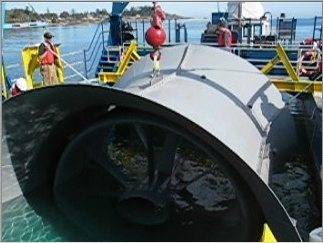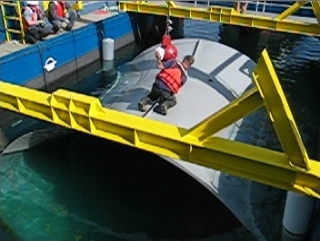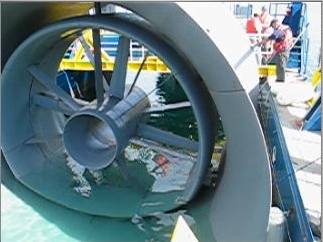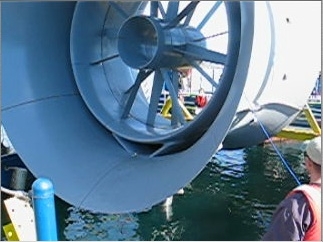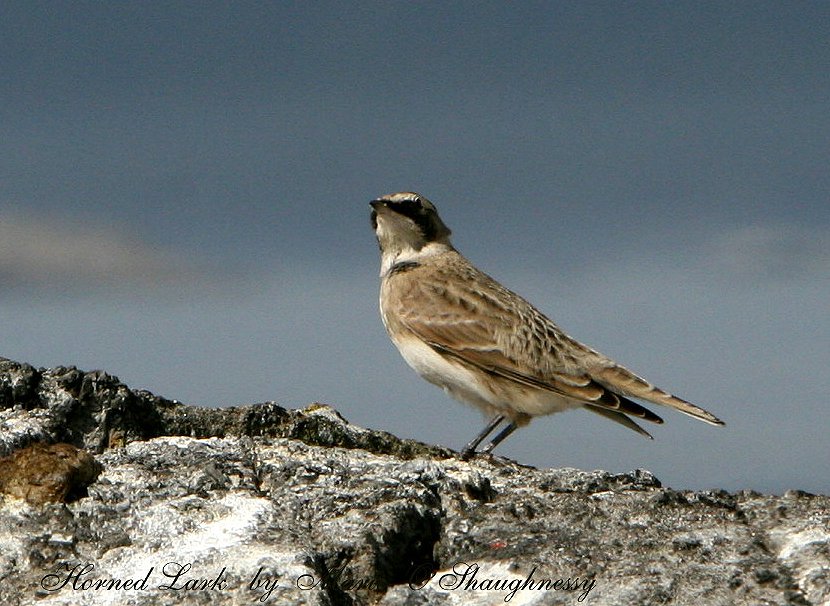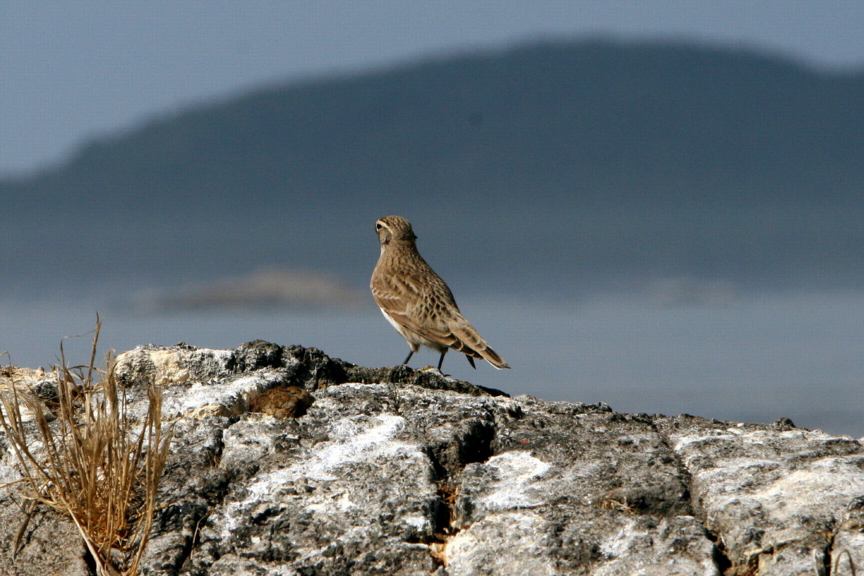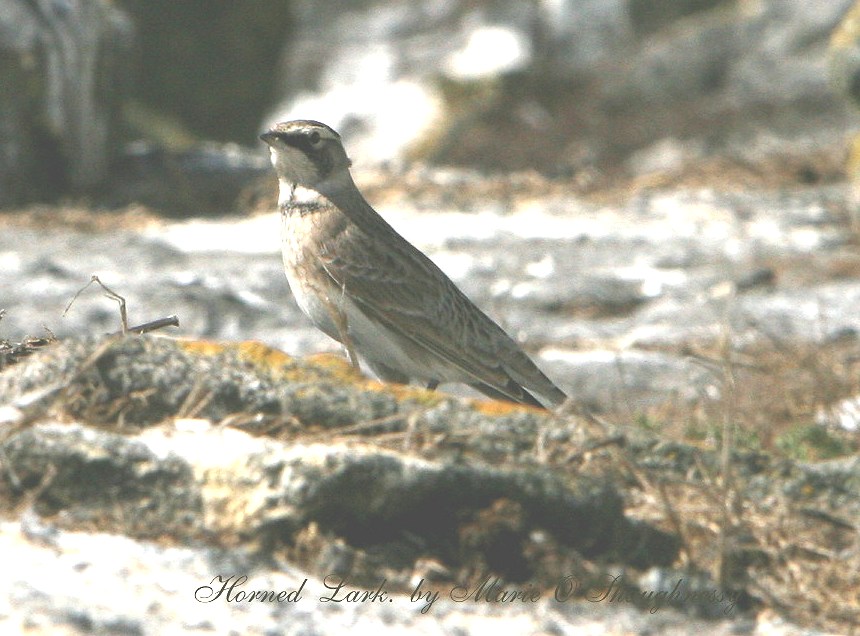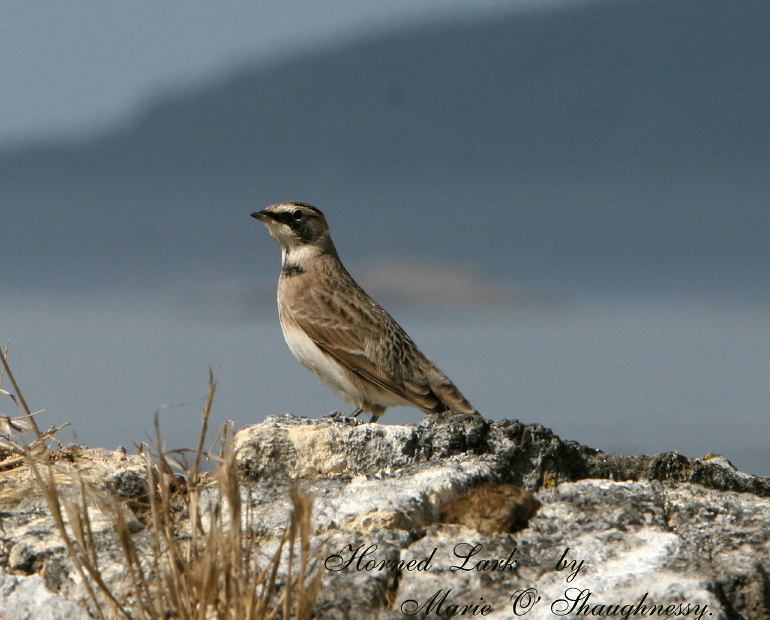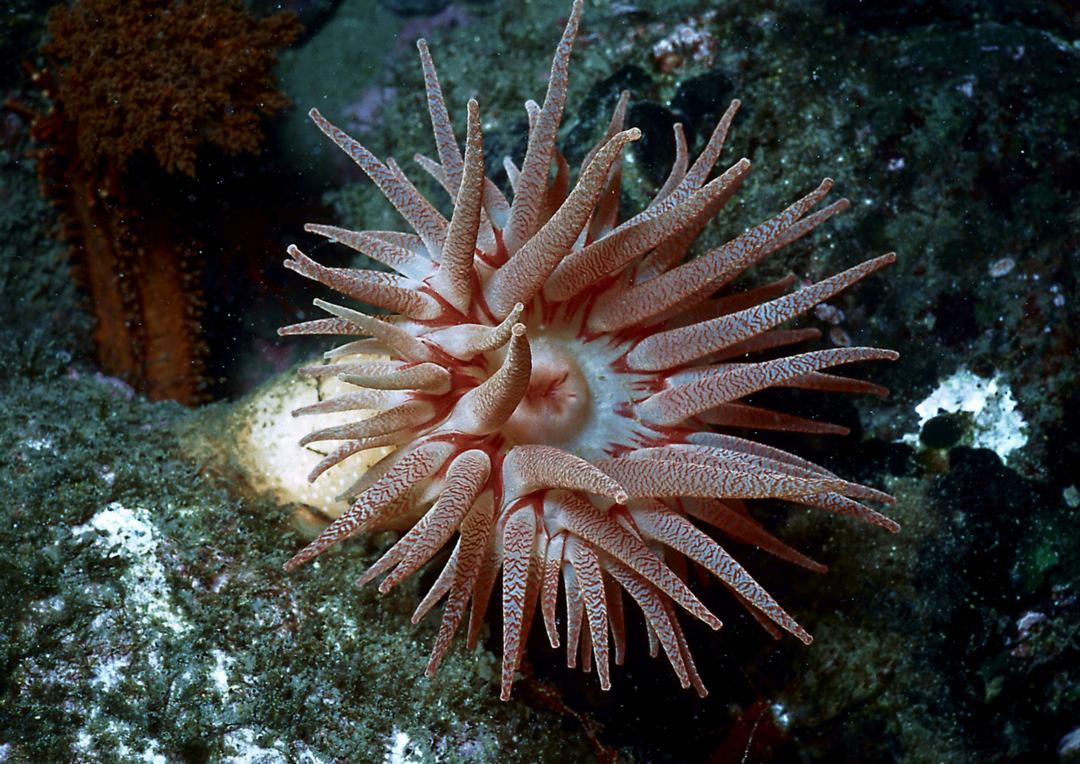
This Cribrinopsis is one of the many anemones growing in the heavy current channels at Race Rocks. Photo by Dr.A.Svoboda
-
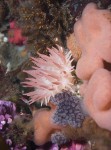
-
At least three species of colonial ascidians and three colonial hydroids are visible here as associated species. Small crustaceans also use the animals for protection. One unidentified crab species can be seen at the base. .
-
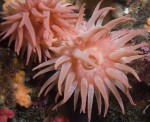
-
Erik Schauff, Diving instructor at Pearson College took these images in August 2008. Copyright, Erik Schauff, 2008
-
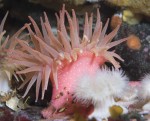
-
This anemone grows attached to rocks in the high current zone near the tidal current generator at Race Rocks.
| Domain |
Eukarya |
| Kingdom |
Animalia |
| Phylum |
Cnidaria |
| Class |
Anthozoa |
| Subclass |
Hexacorallia |
| Order |
Actiniaria |
| Family |
Actiniidiae |
| Genus |
Cribrinopsis |
| Species |
fernaldi, (Siebert &Spaulding,1976) |
| Common Name: |
Crimson Anemone |
It is worthy of note that this species went unnamed until just a few years ago. A.E. Siebert and J.G. Spaulding published in the Biological Bulletin 150: 128-138. ( February 1976)
The Taxonomy, Development and Brooding Behaviour of the Anemone, Cribrinopsis Fernaldi, Sp.nov.
“Cribrinopsis fernaldi is described as a new species of sea anemone from the San Juan Archipelago, Washington. This species is distinguished from the other members of the genus by the presence of approximately 96 tentacles and 96 pairs of mesenteries arranged hexamerously. The cnidom is distinctive and consists of spirocysts, basitrichs, microbasic p-mastigophores, and atrichs.
During March, freshly collected specimens of C. fernaldi spawned in the laboratory. The female anemones retained their eggs in the gastrovascular cavity and fertilization occurred internally. The embryos developed in the cavities of the tentacles and pseudospherules.
Some embryos were removed from the tentacles of the adult on day 1 (early cleavage), and day 7, day 13 (planula), and day 34. These continued their development and metamorphosed and settled at the same time as the larvae which remained in the adult until natural release. It is concluded that the brooding behavior is protective rather than nutritive in function.”
This file is provided as part of a collaborative effort by the students, faculty, staff and volunteers of Lester B. Pearson College
|
Date:
2006 |
Garry Fletcher |
